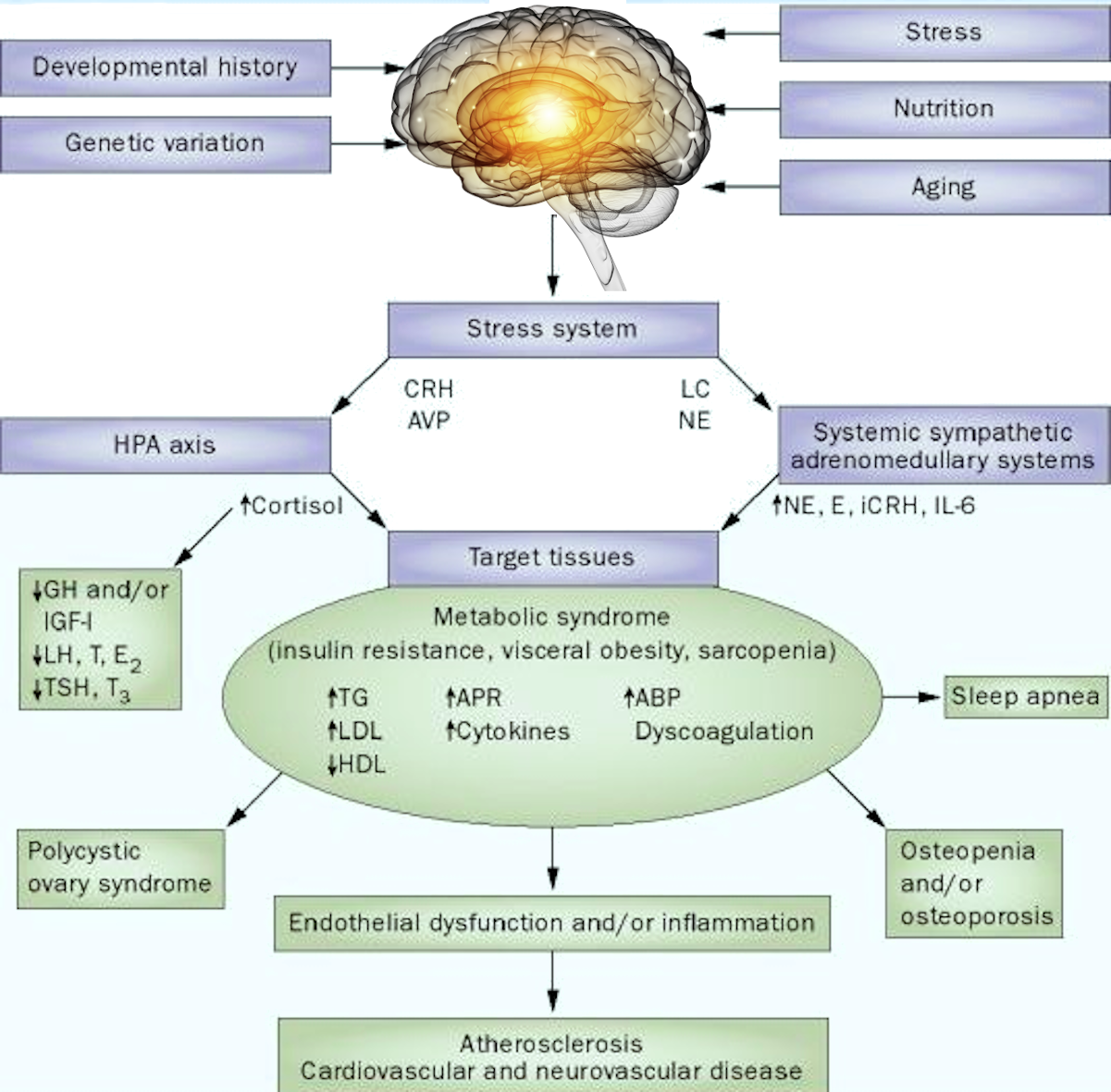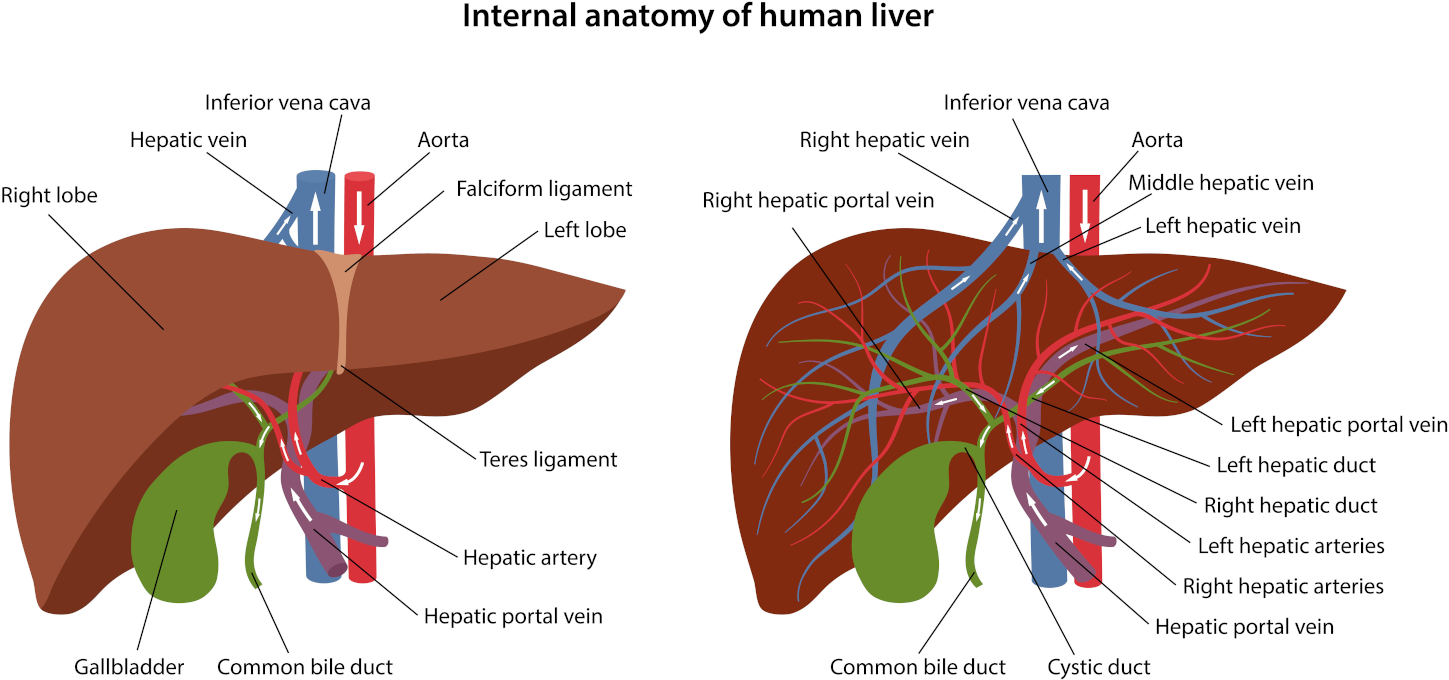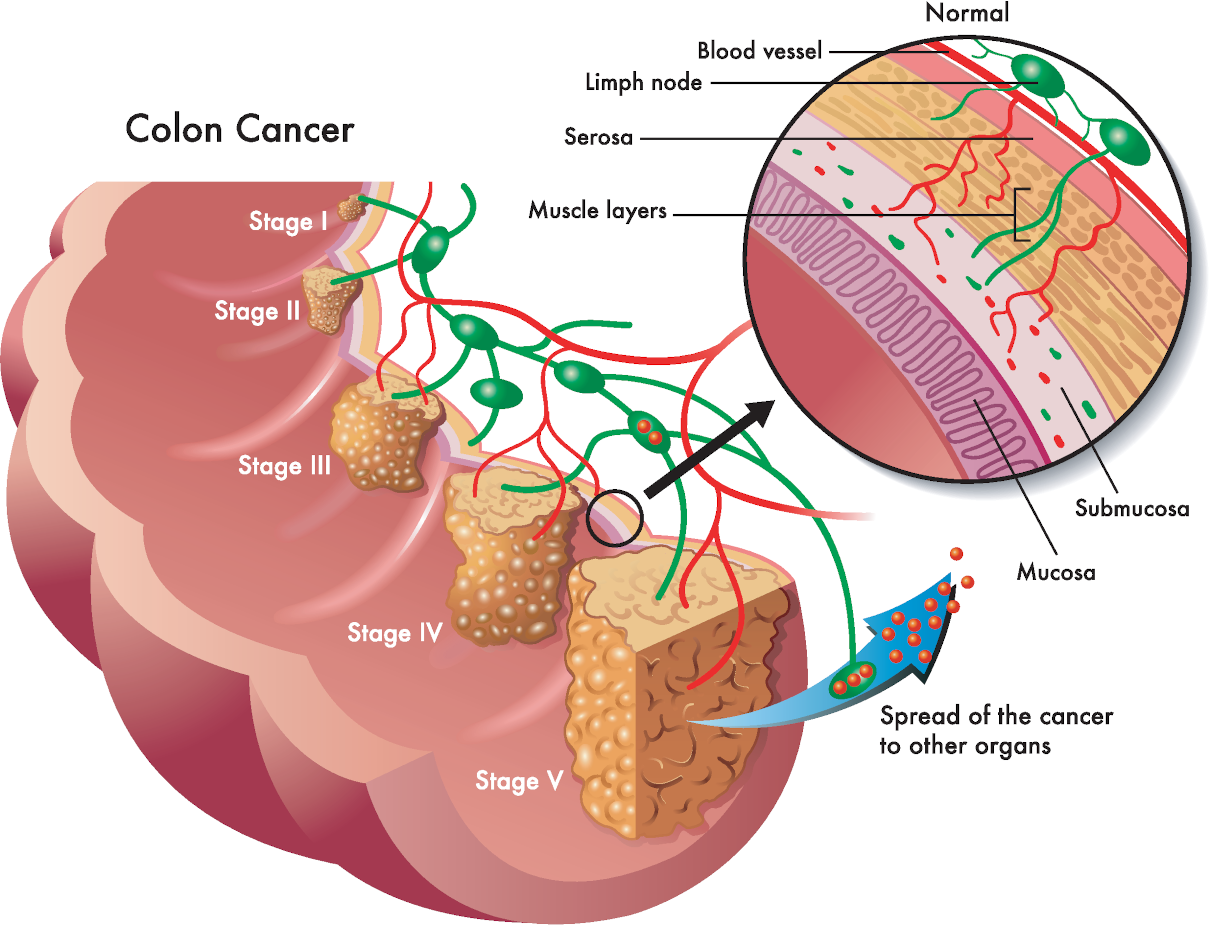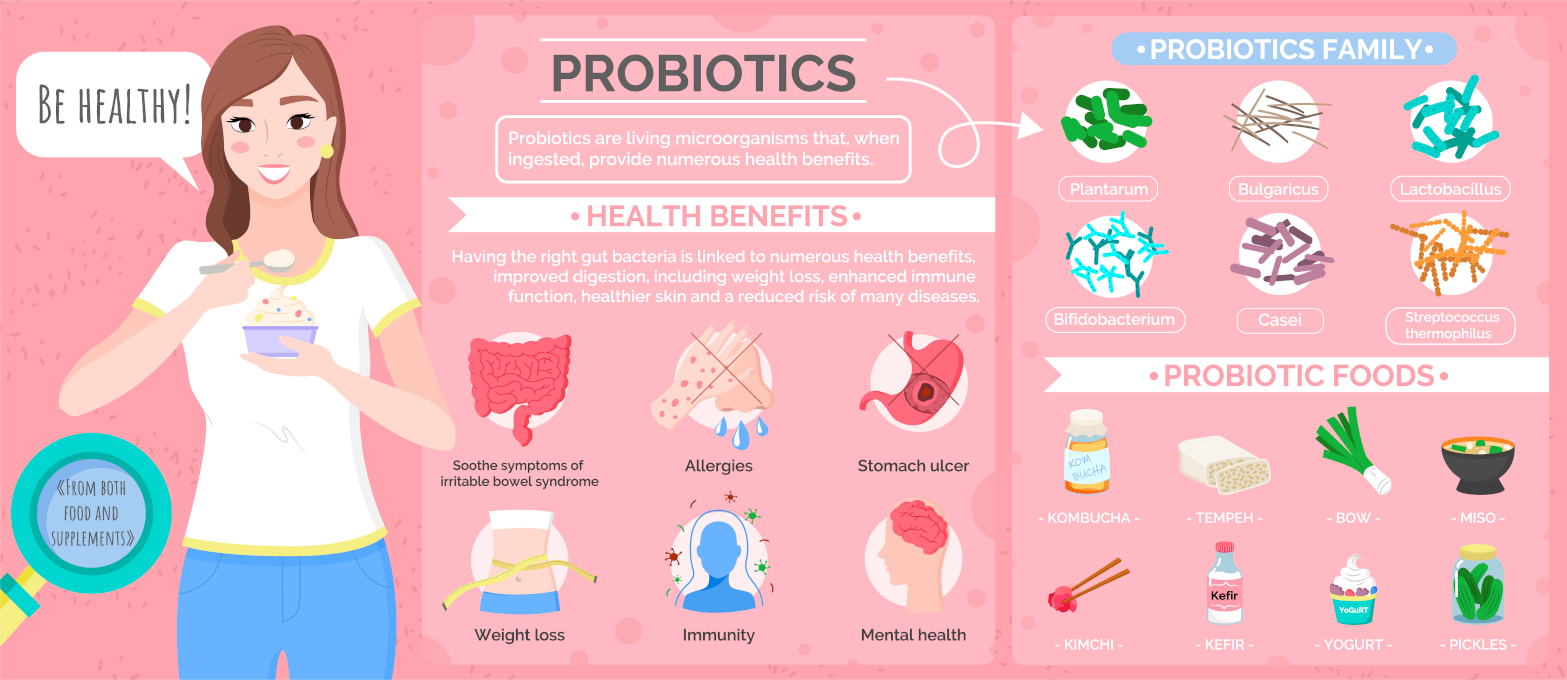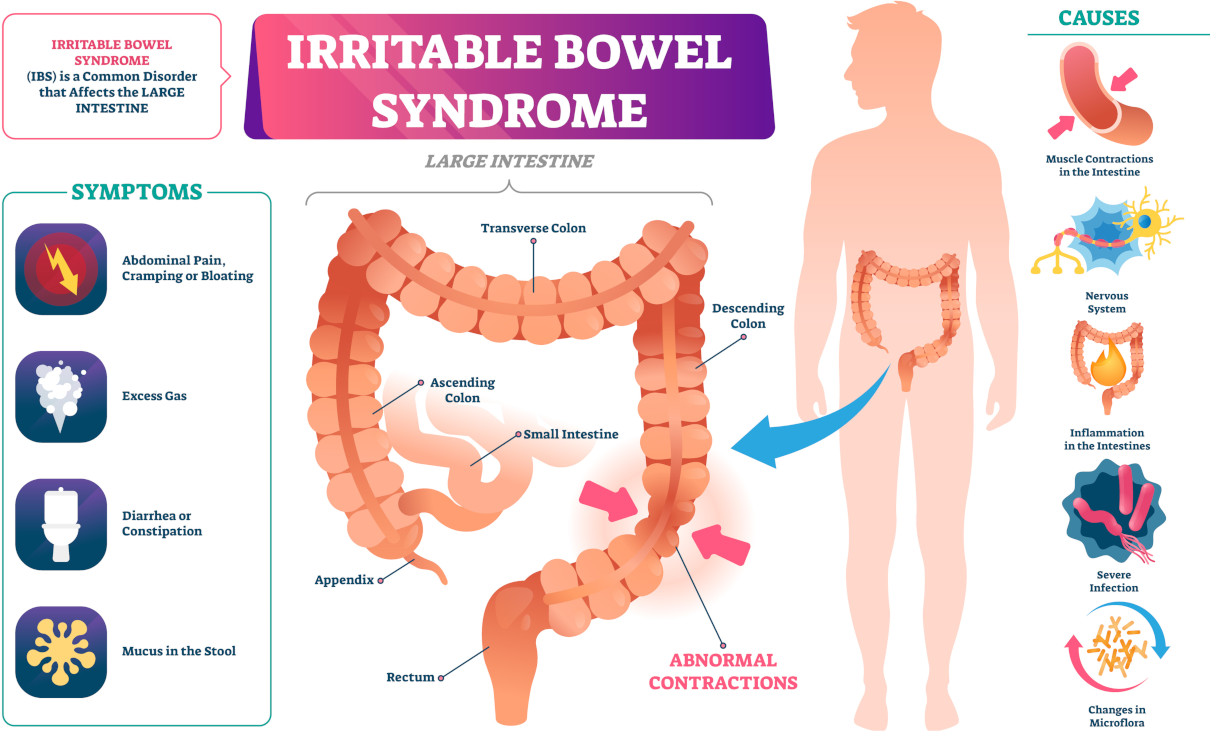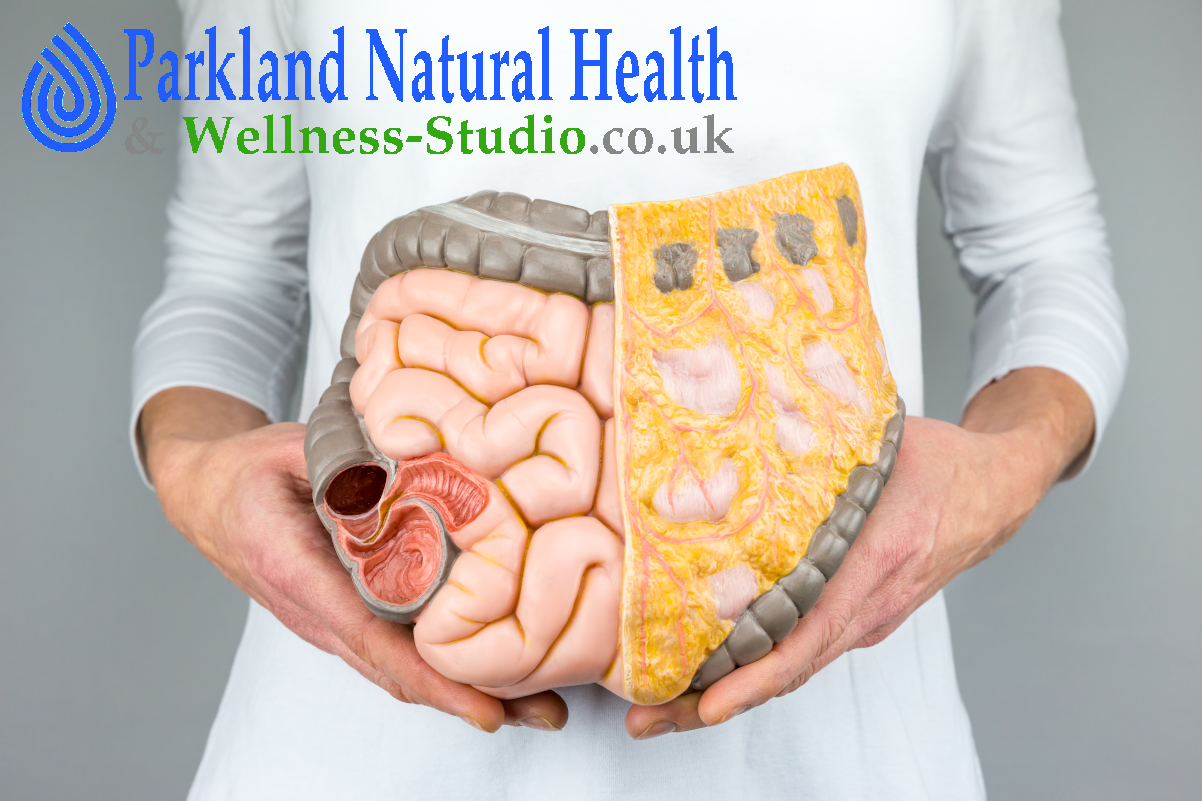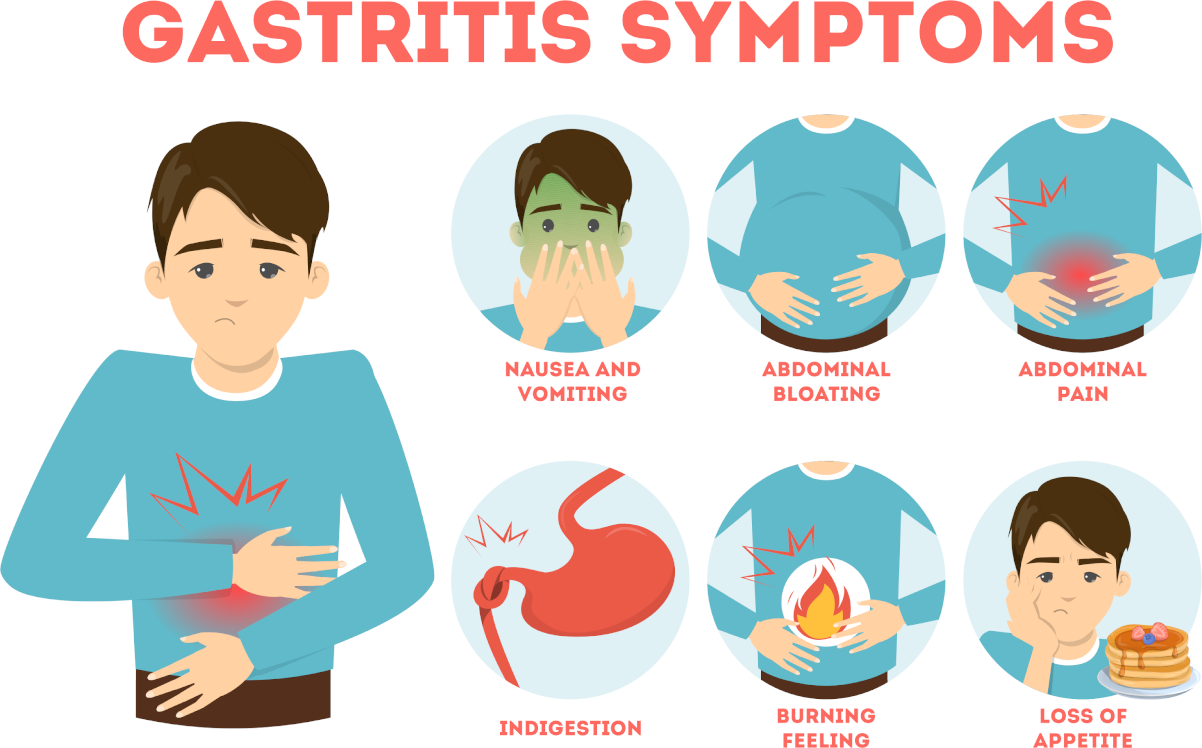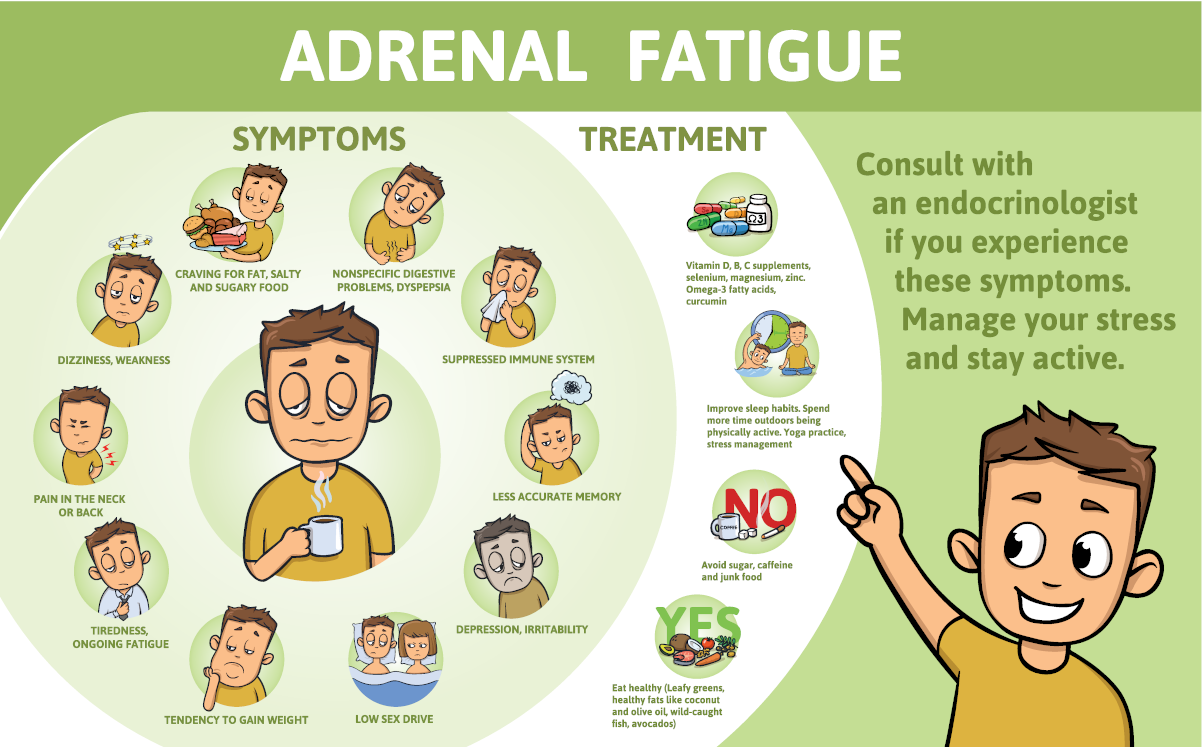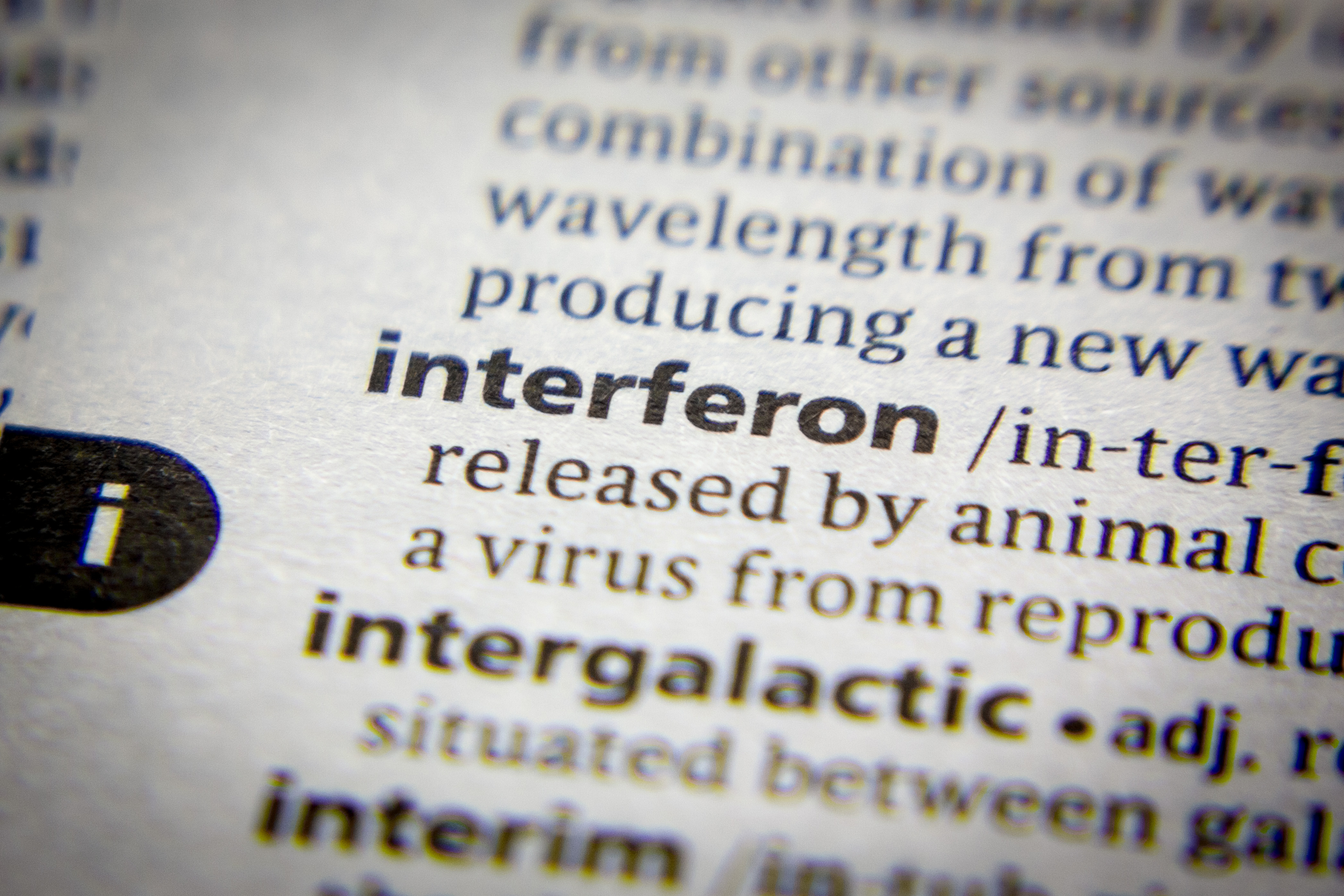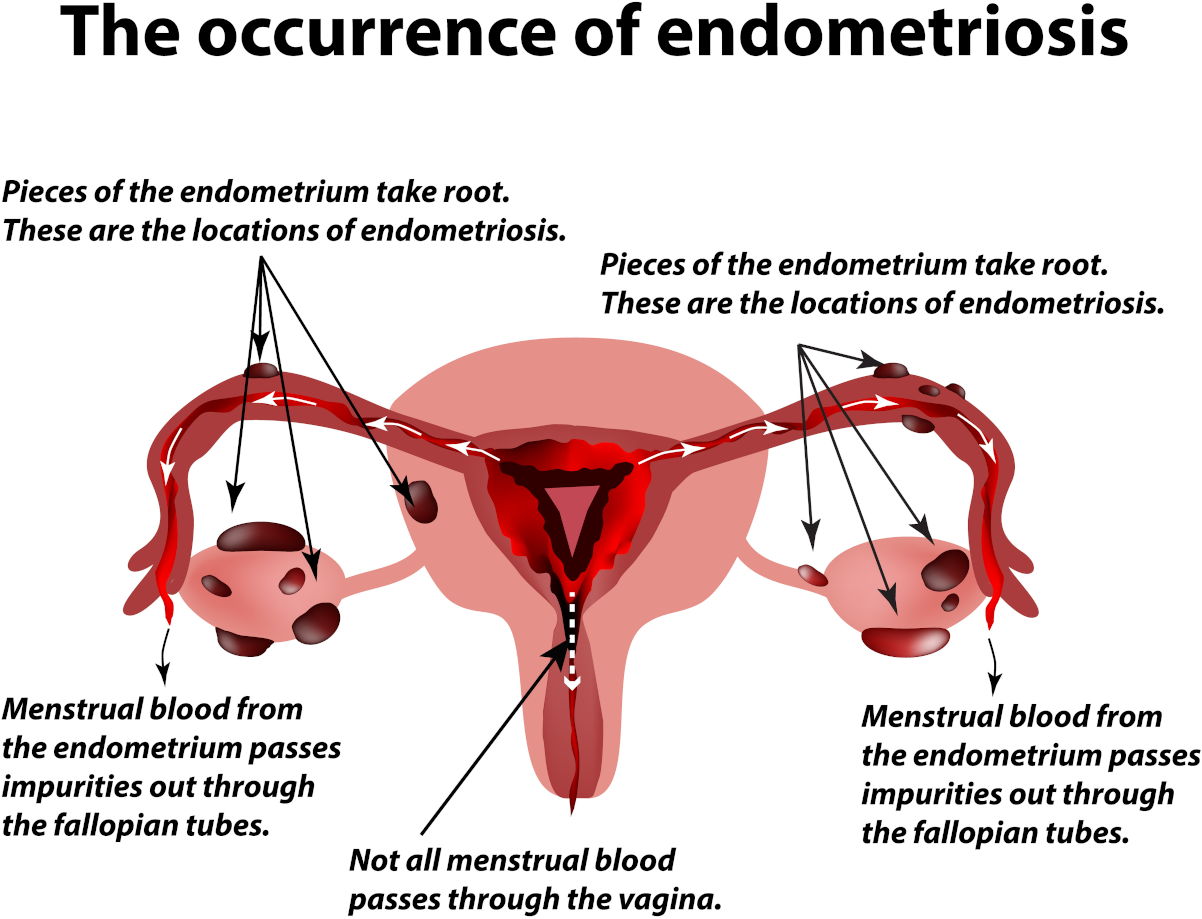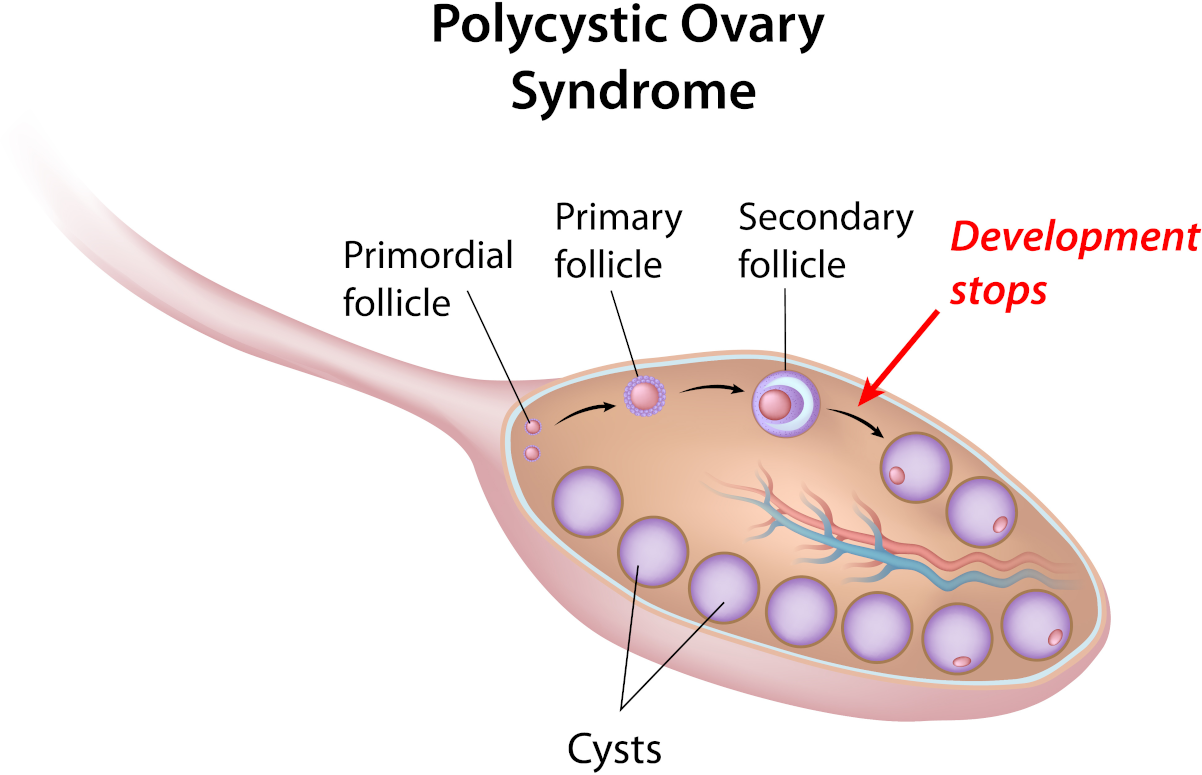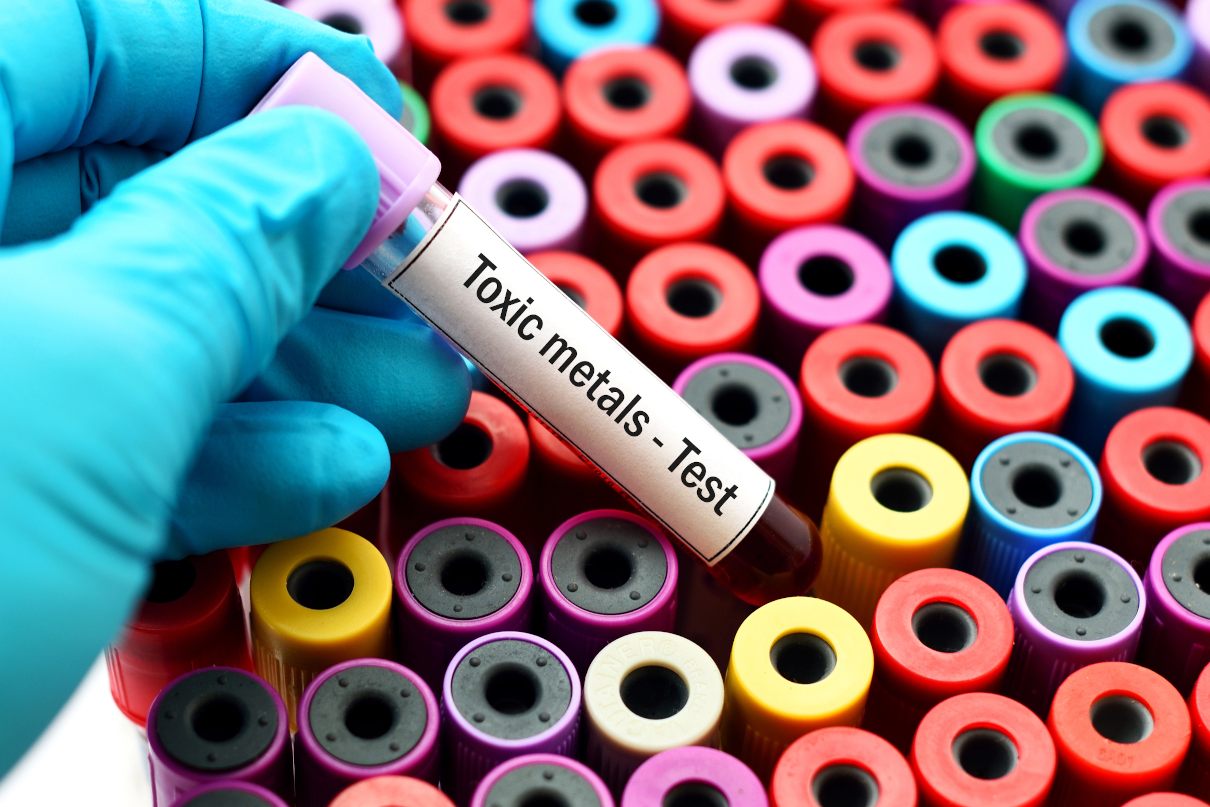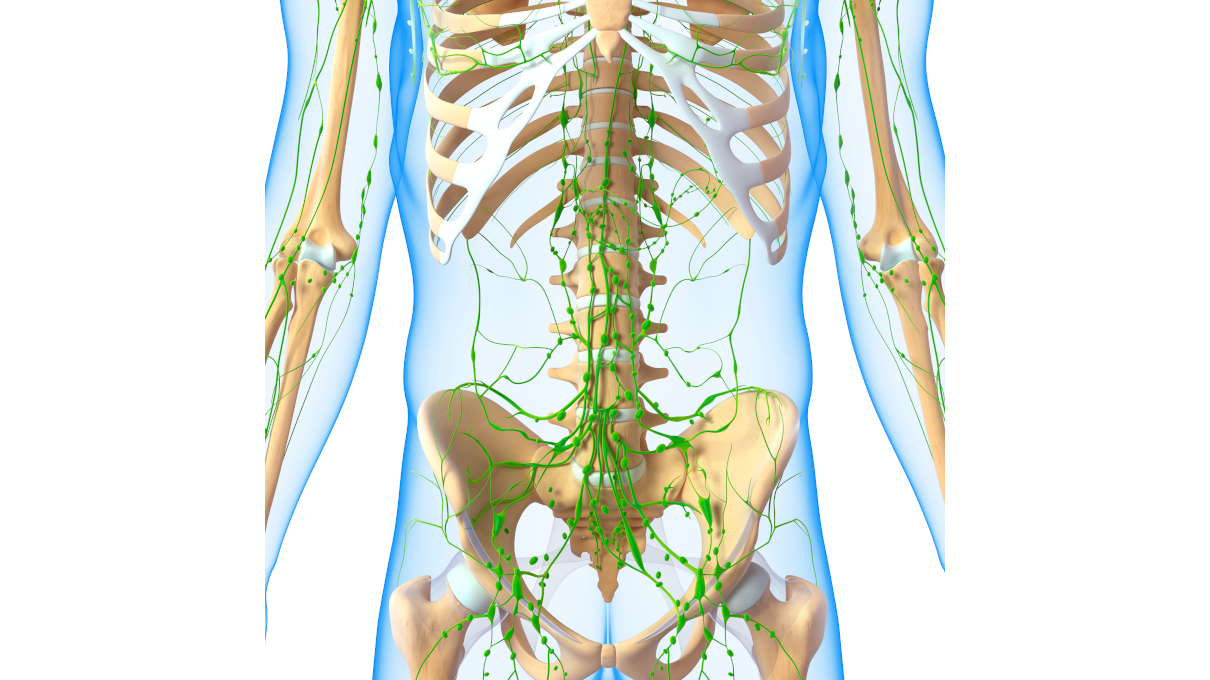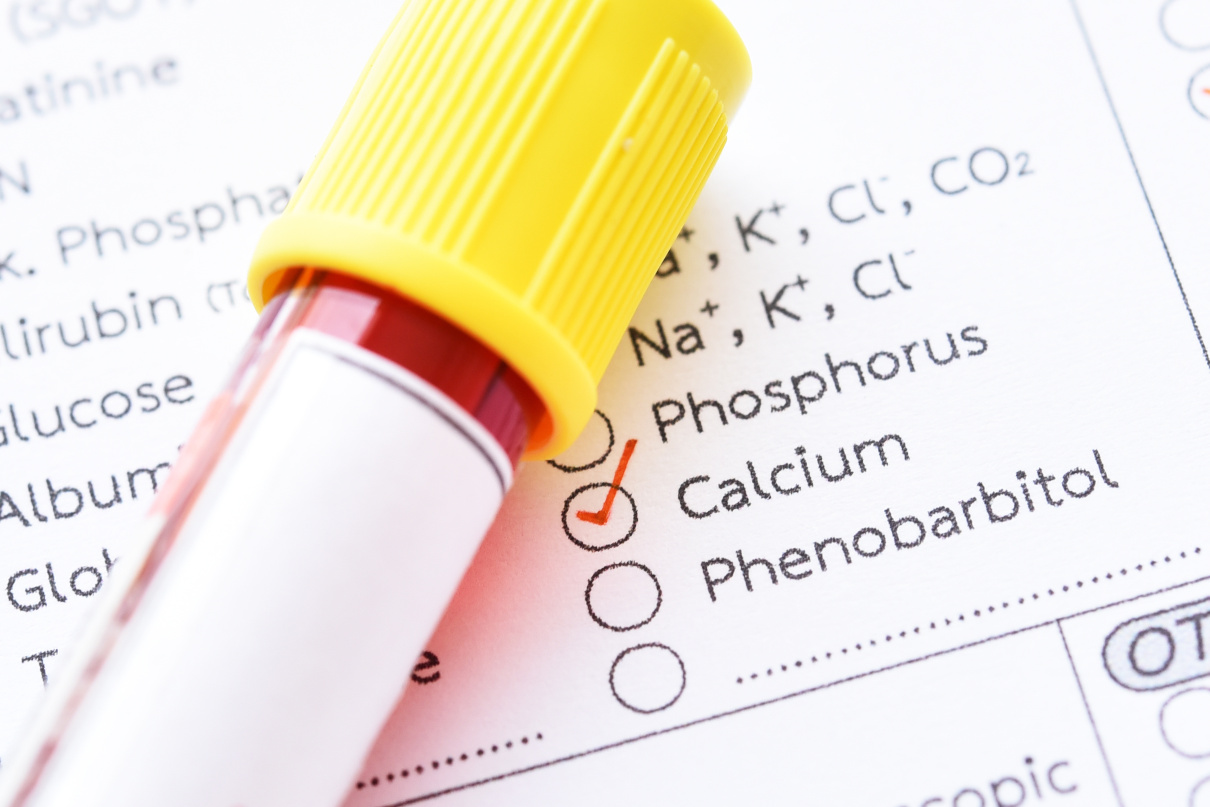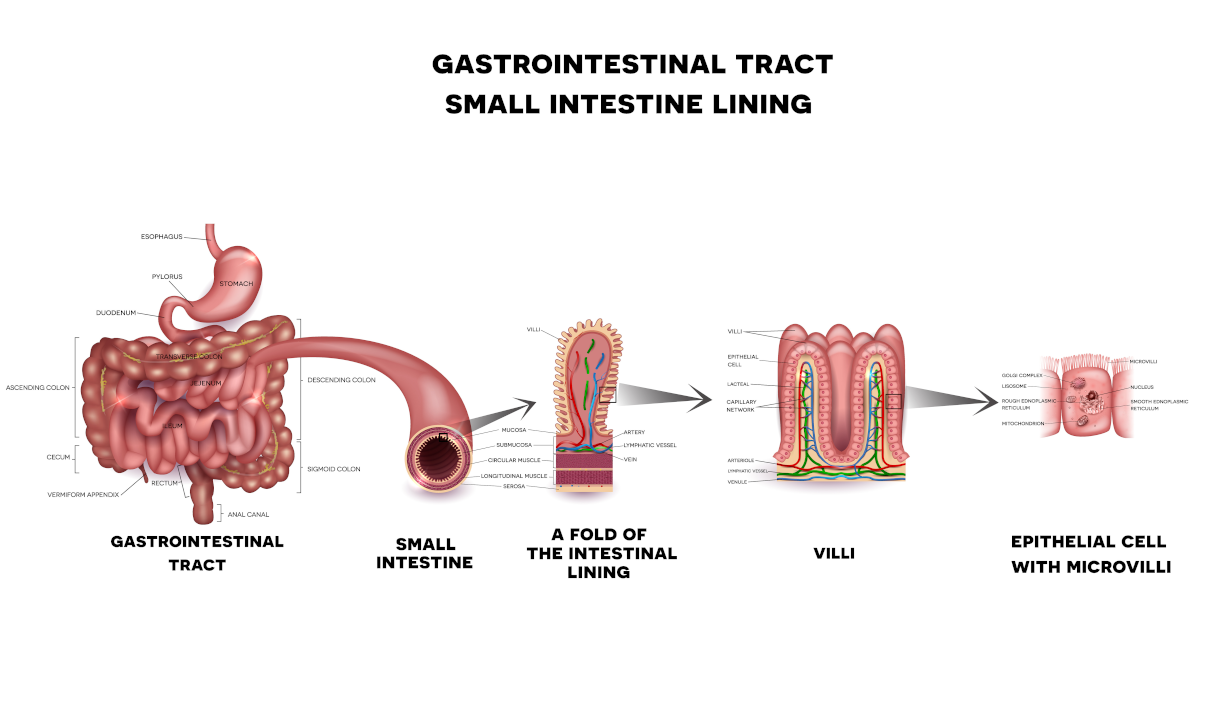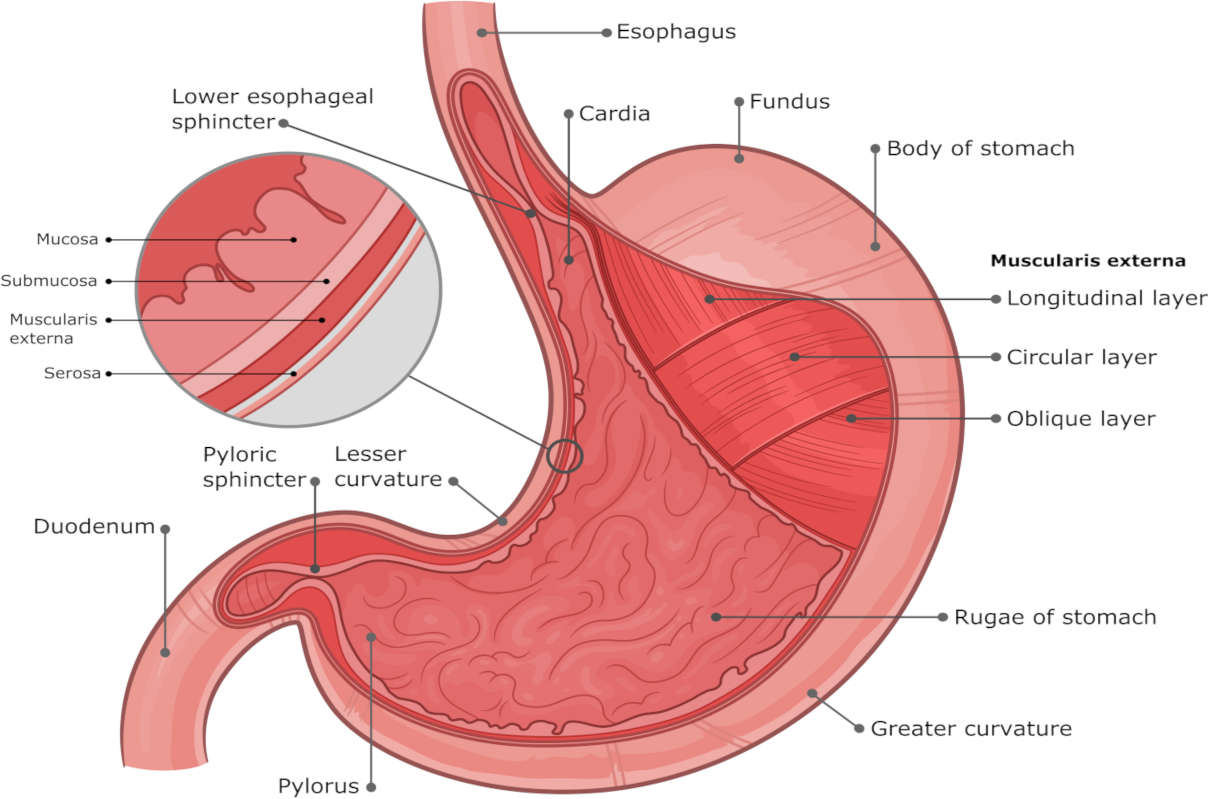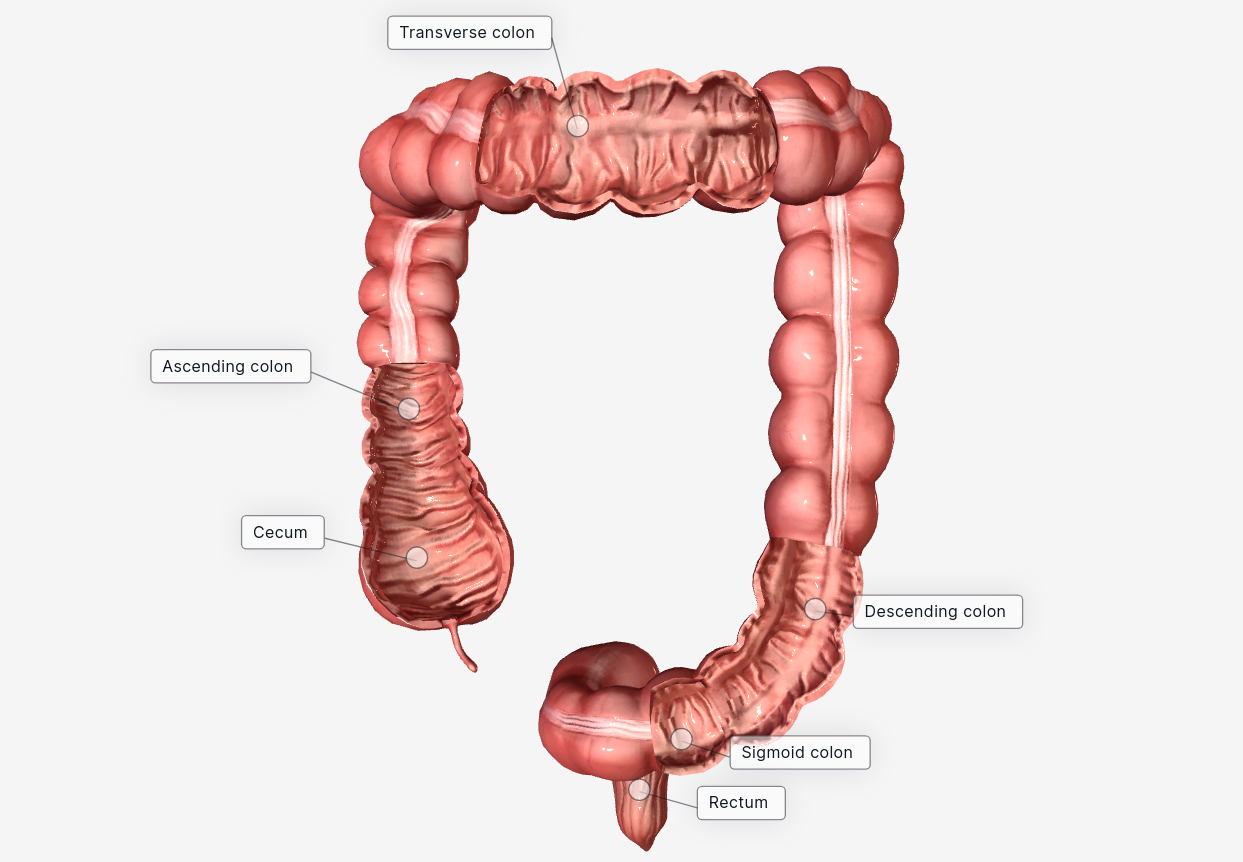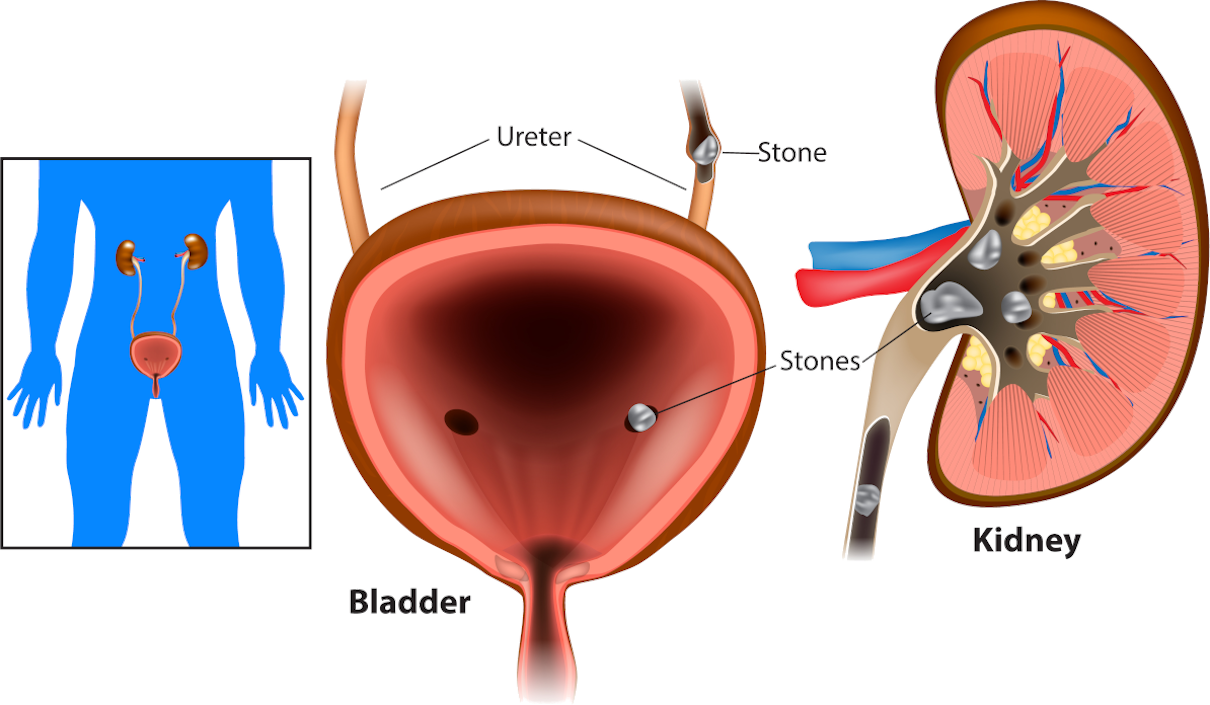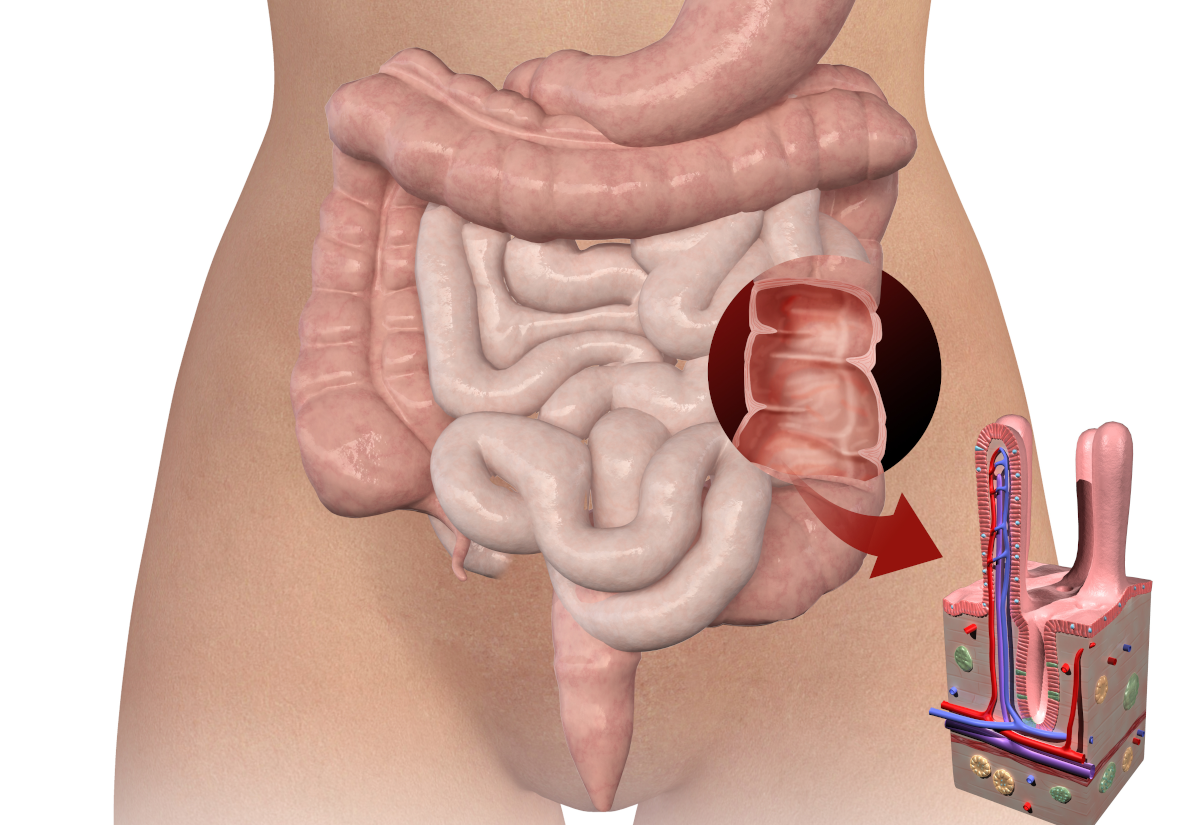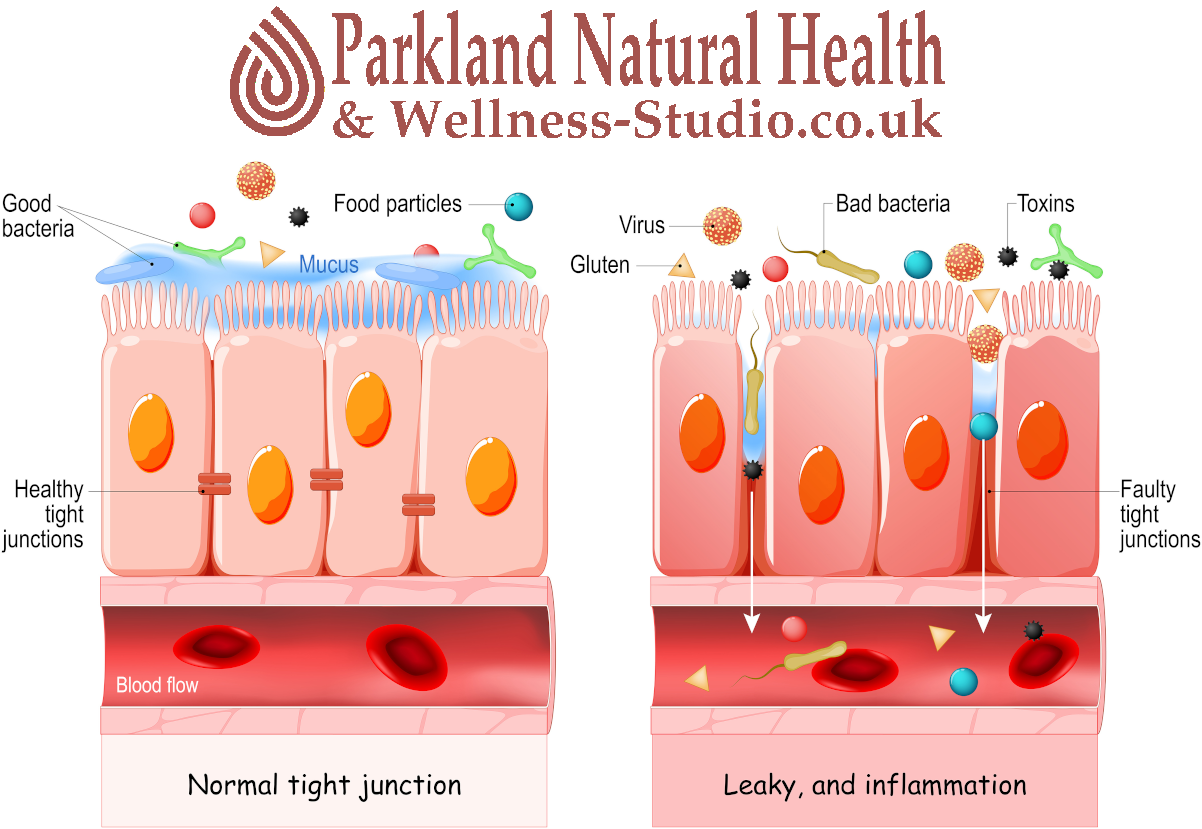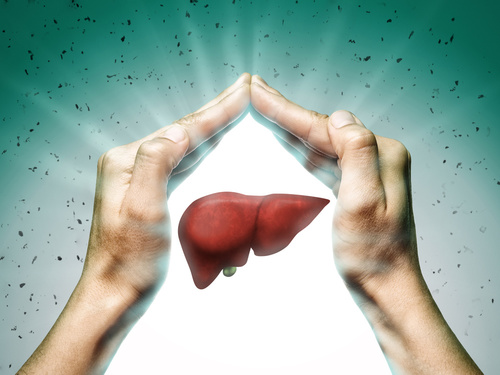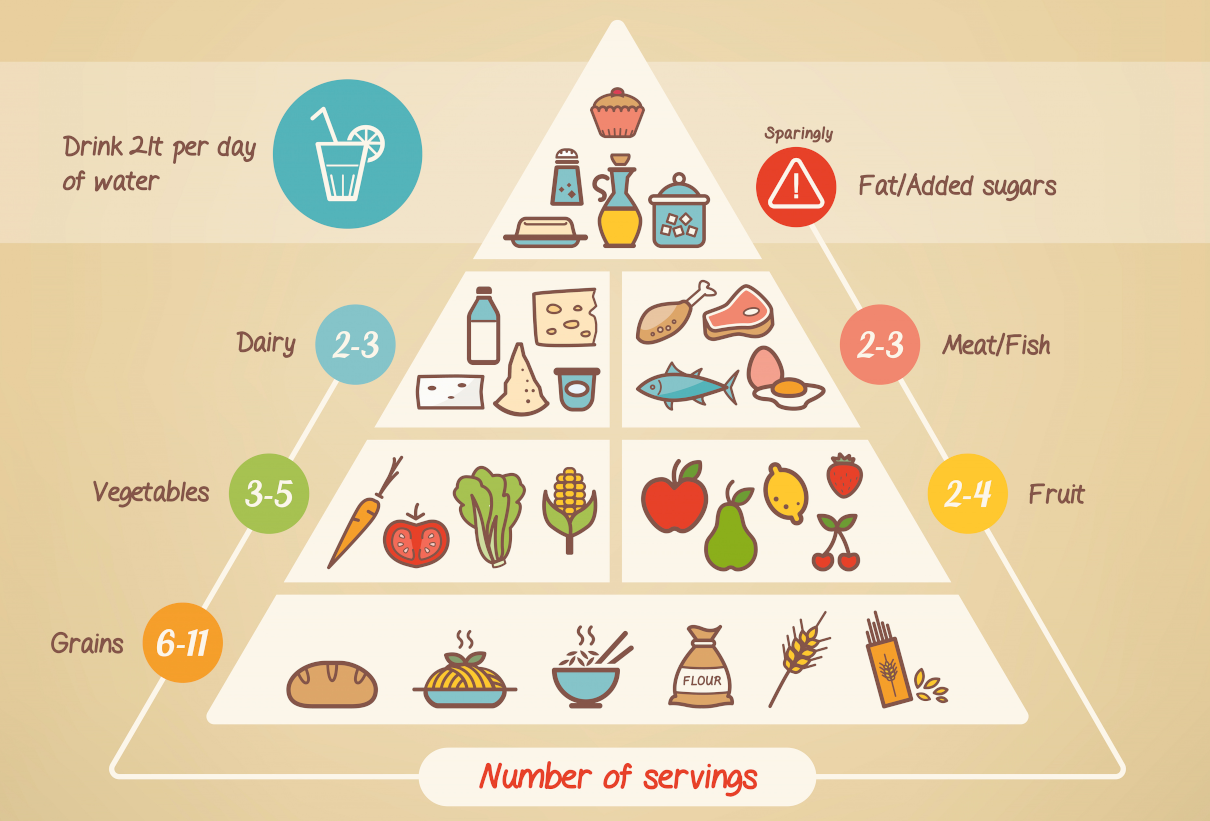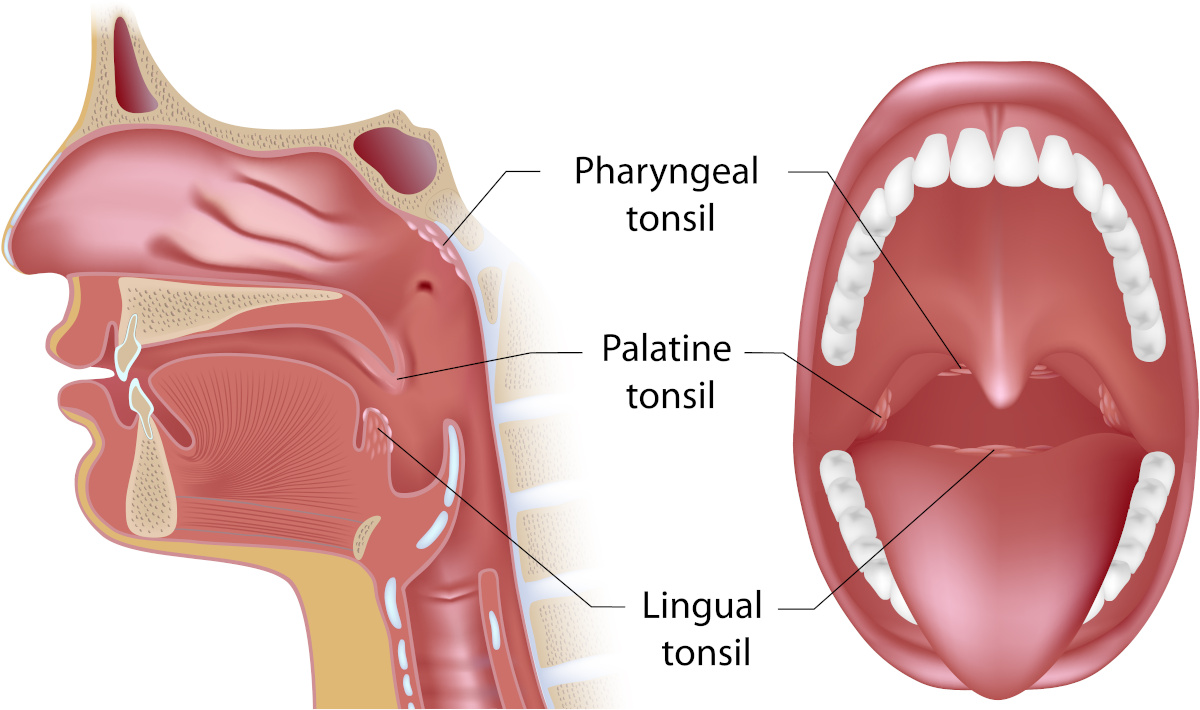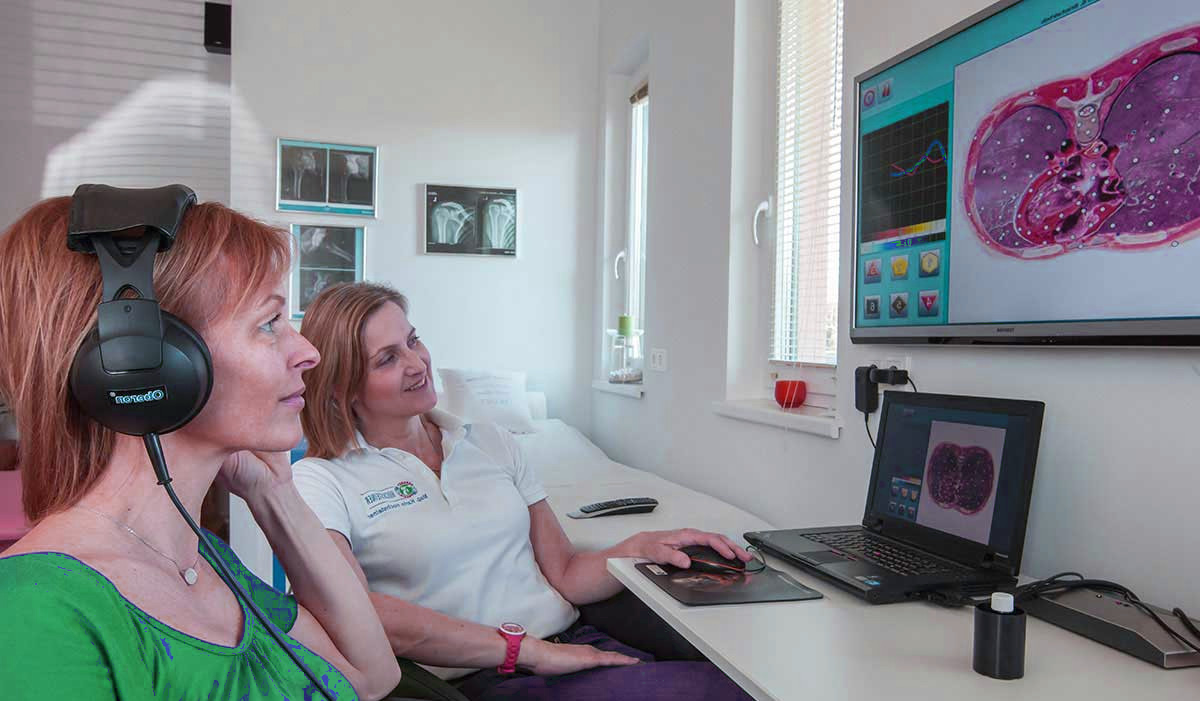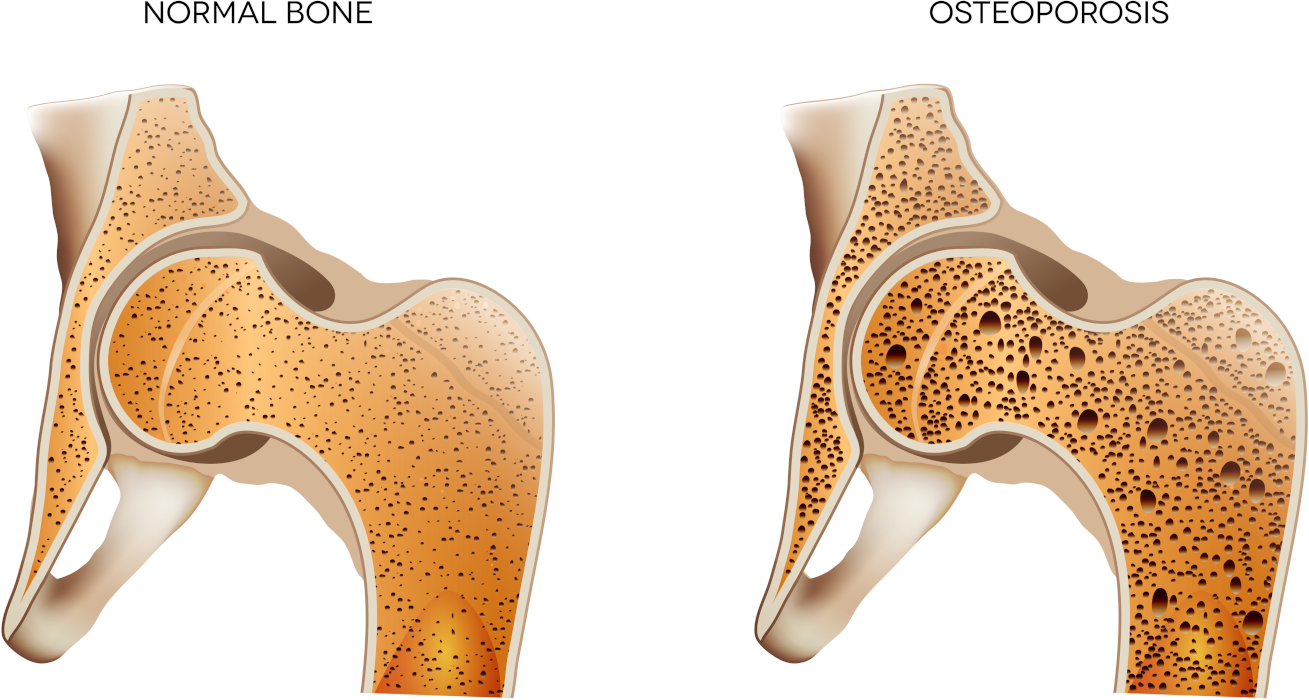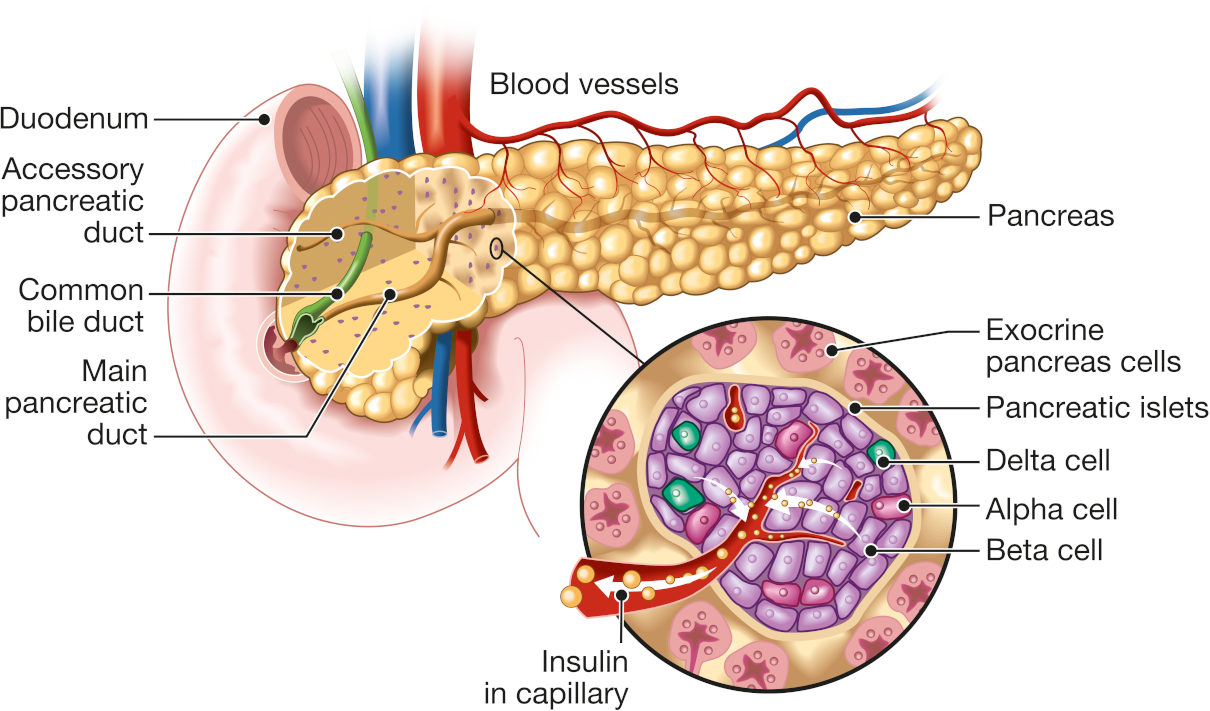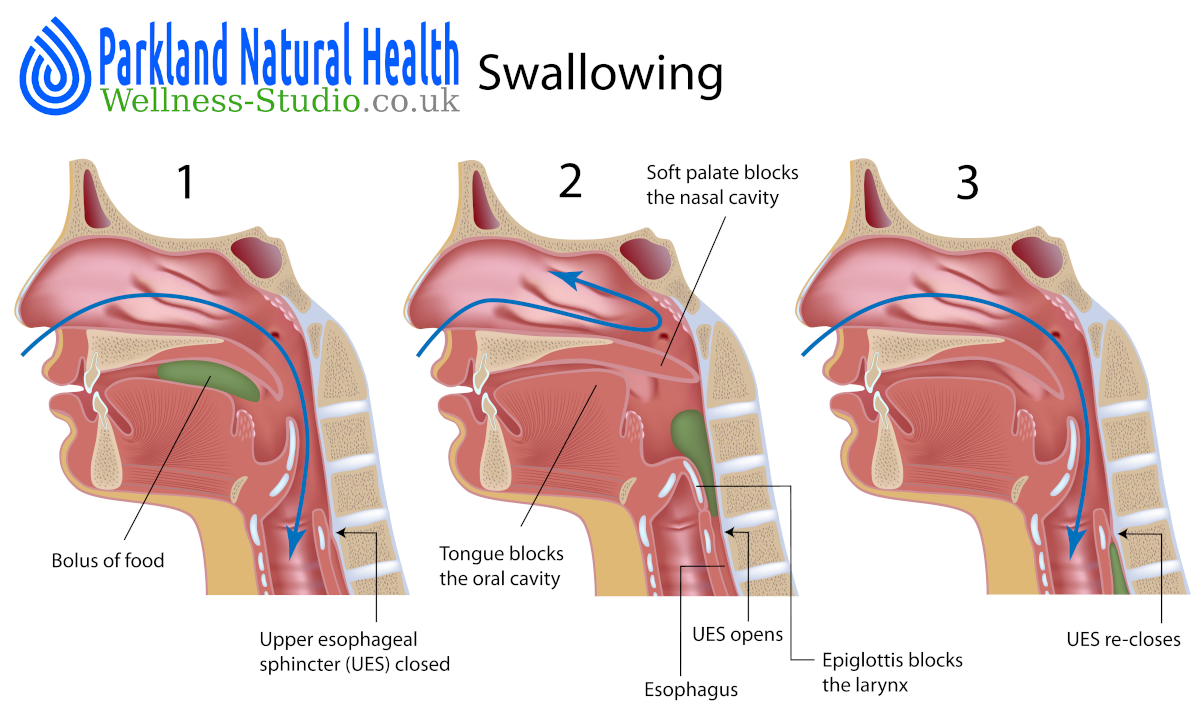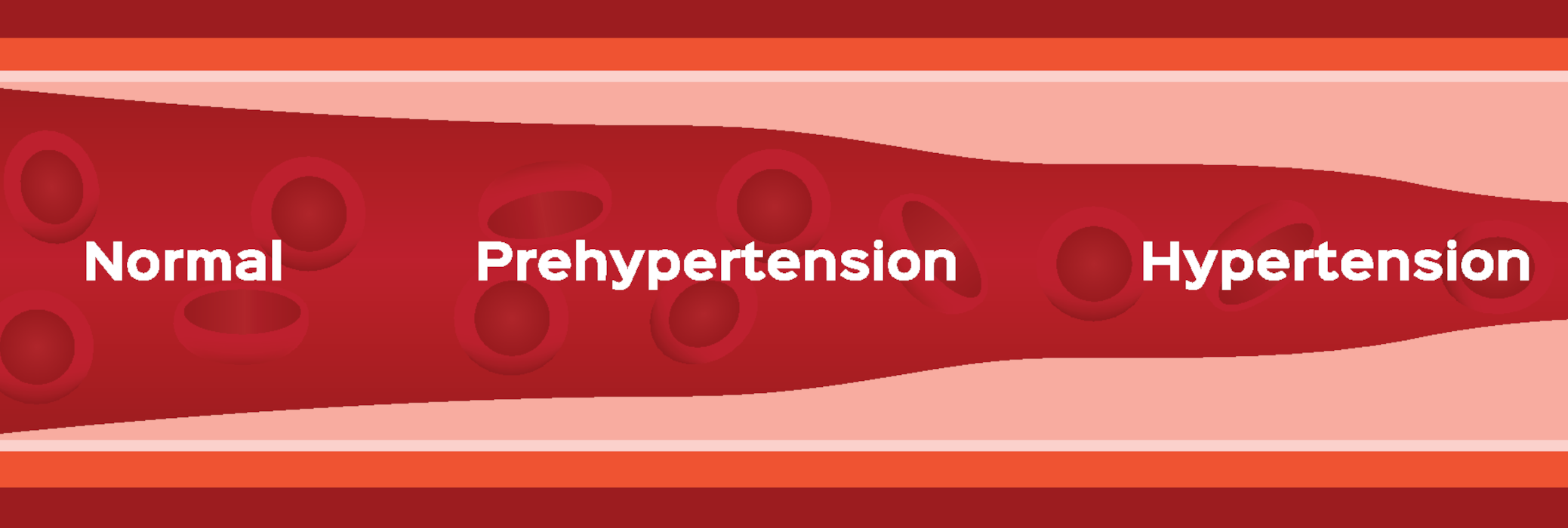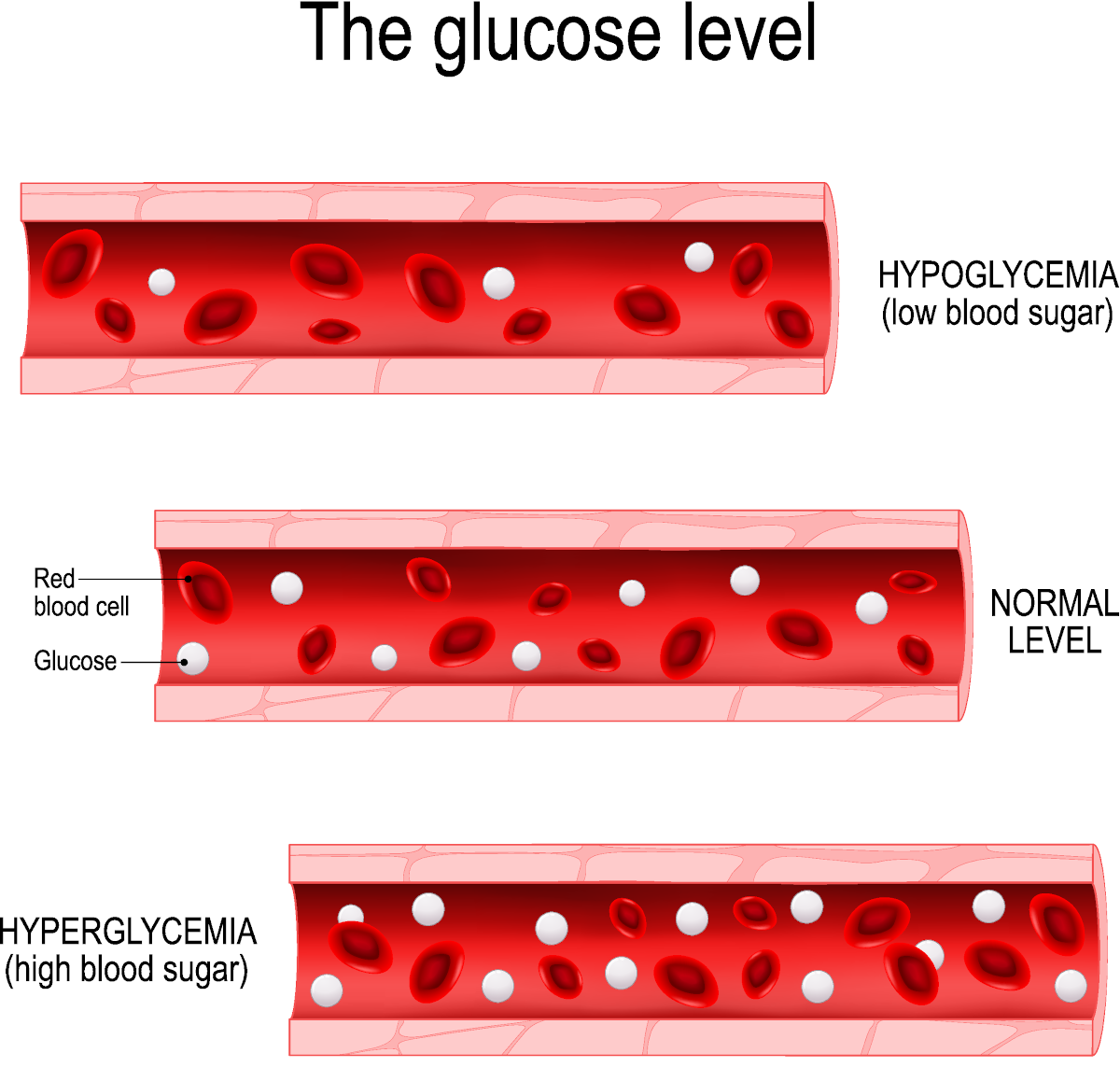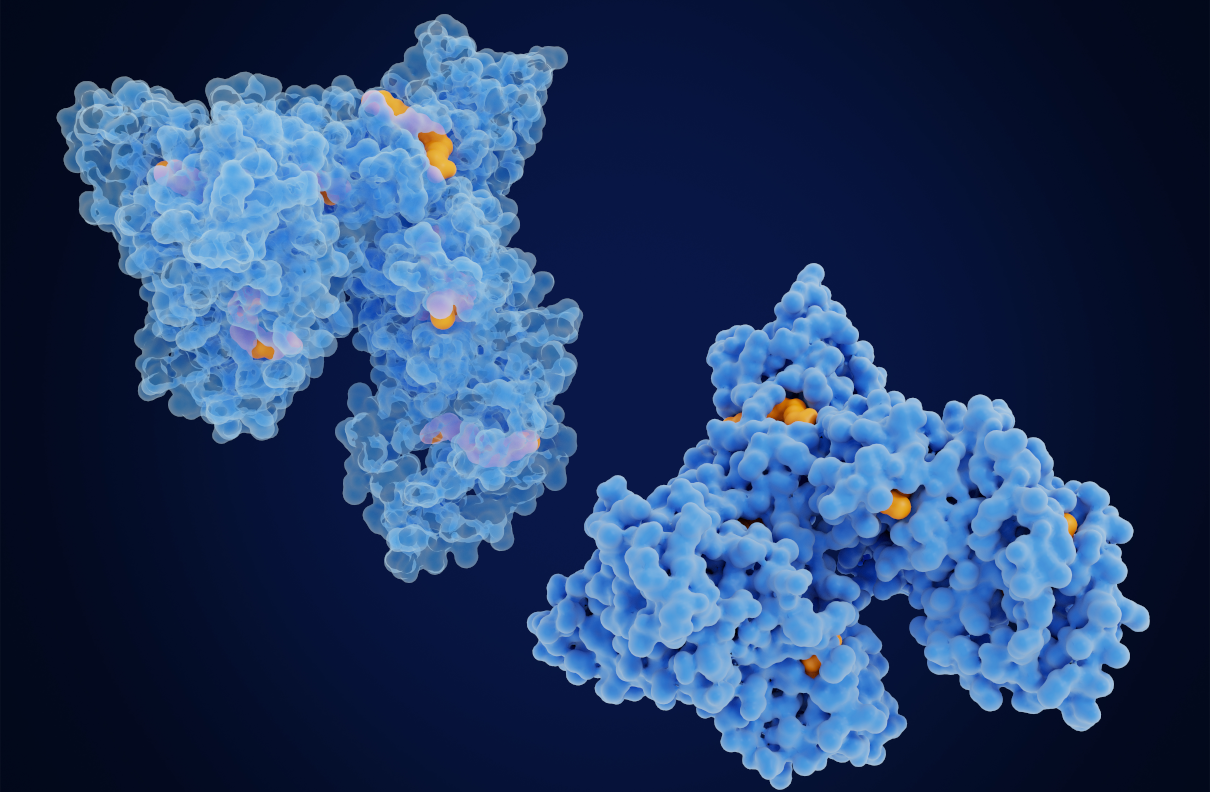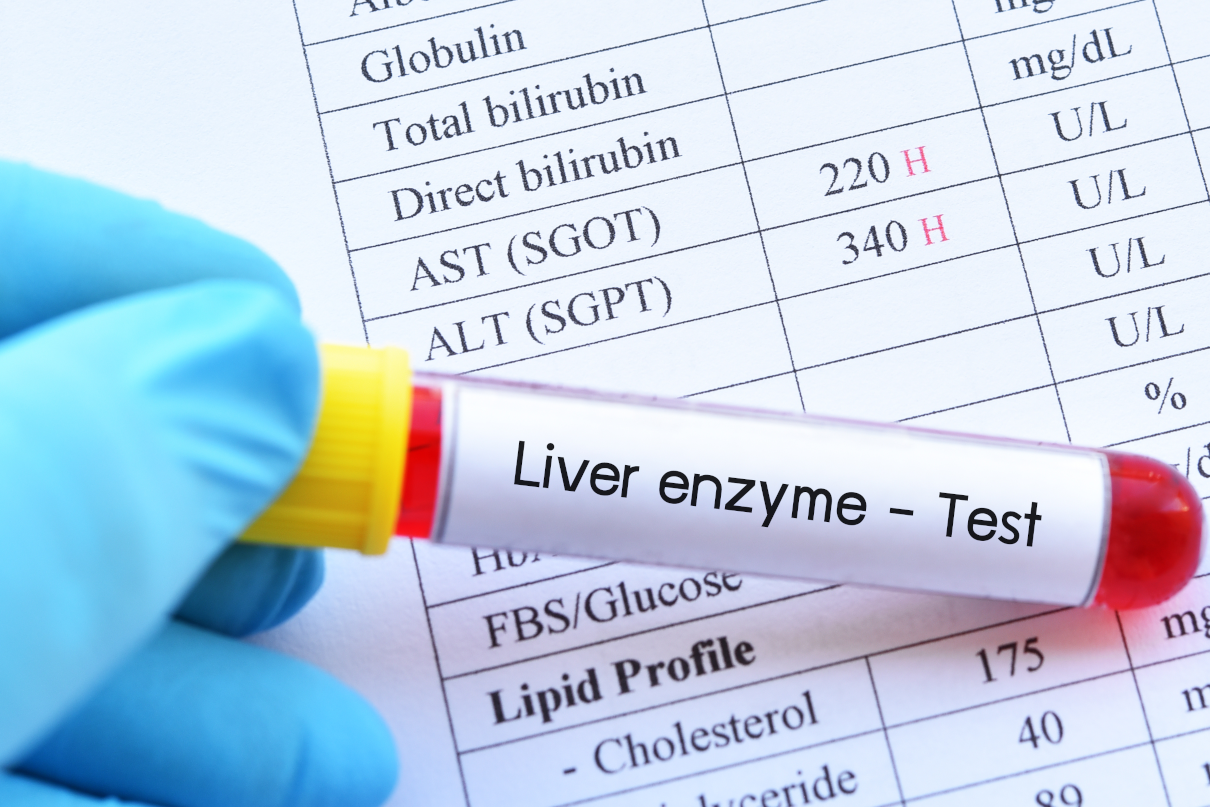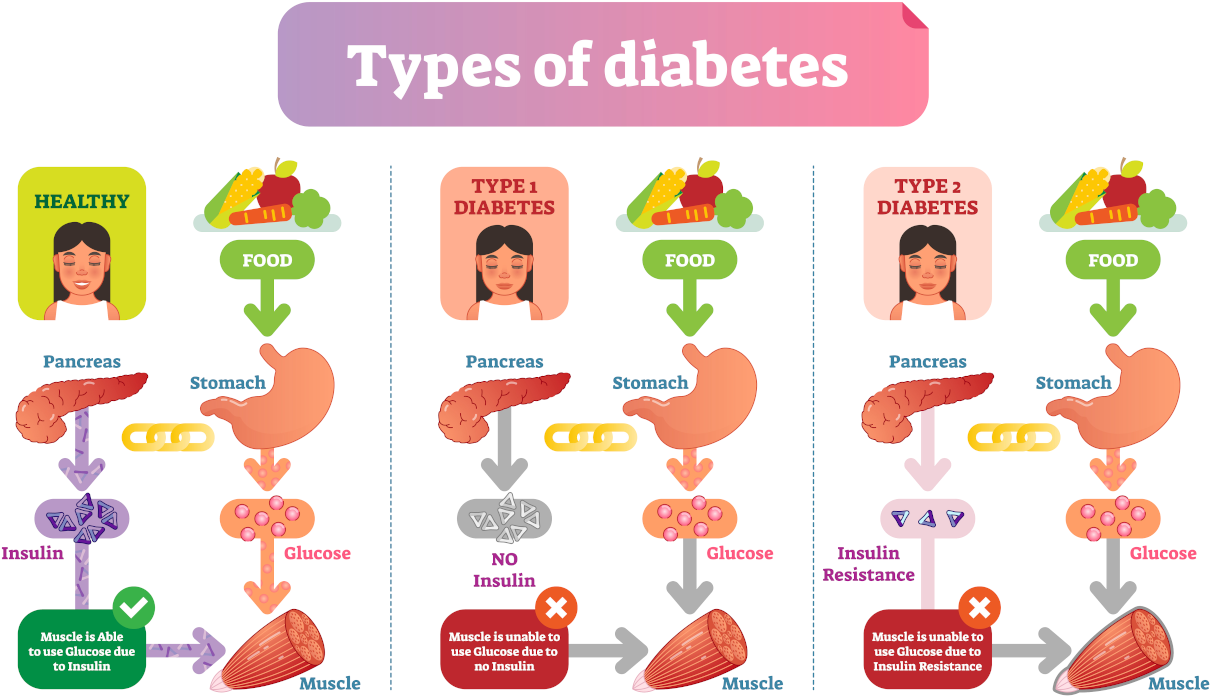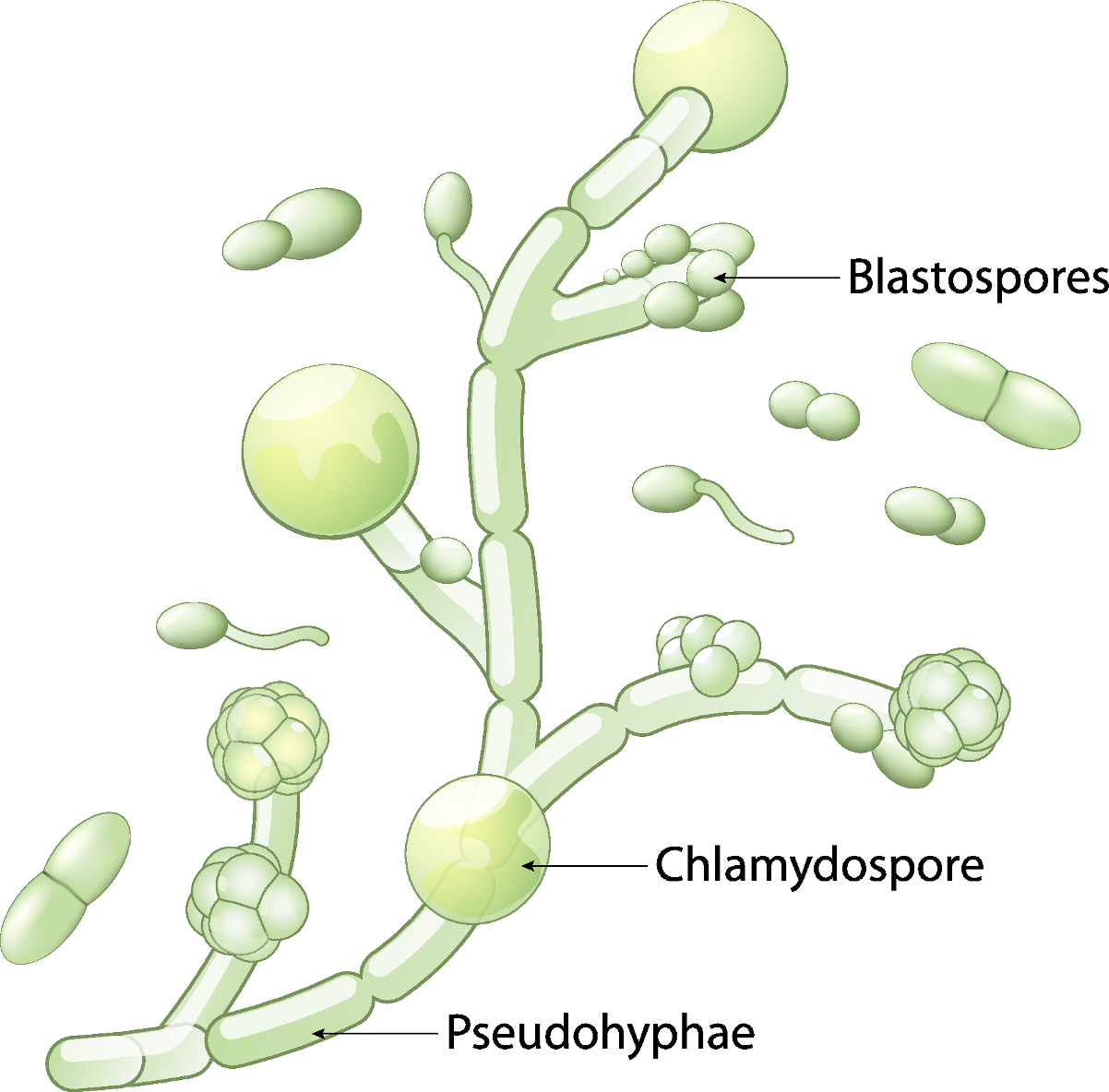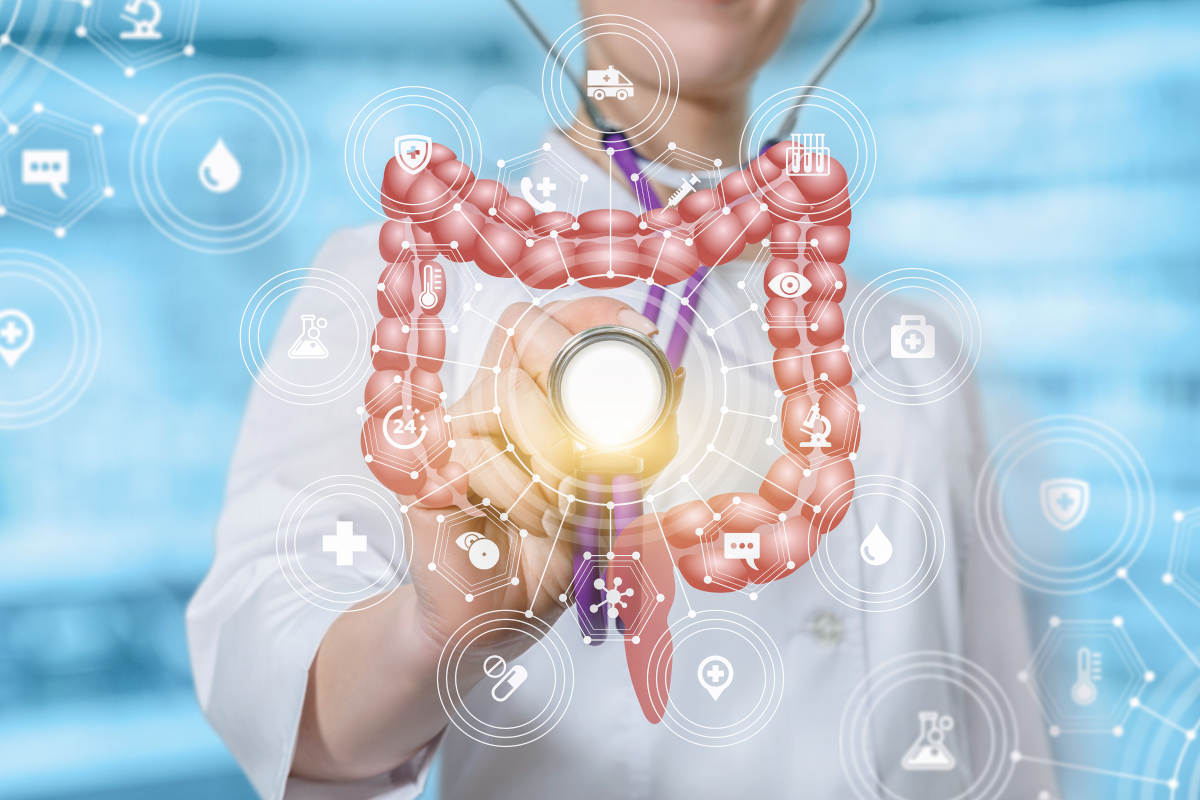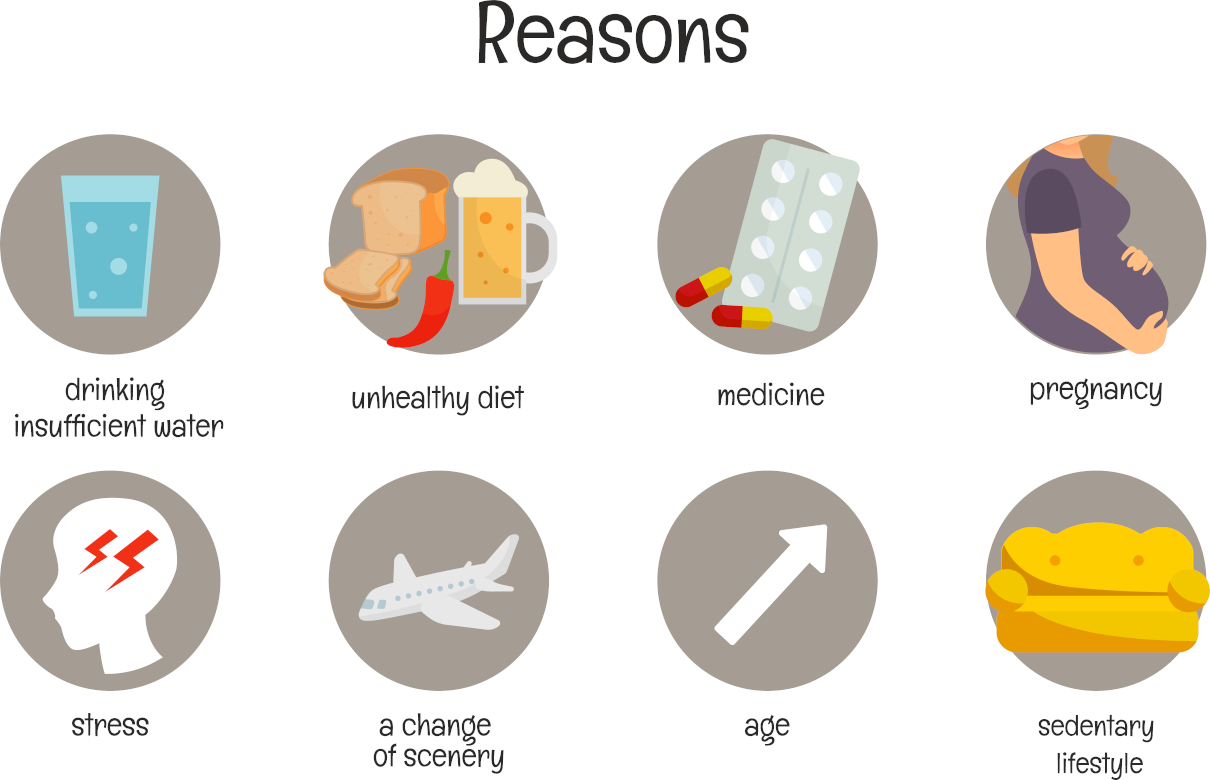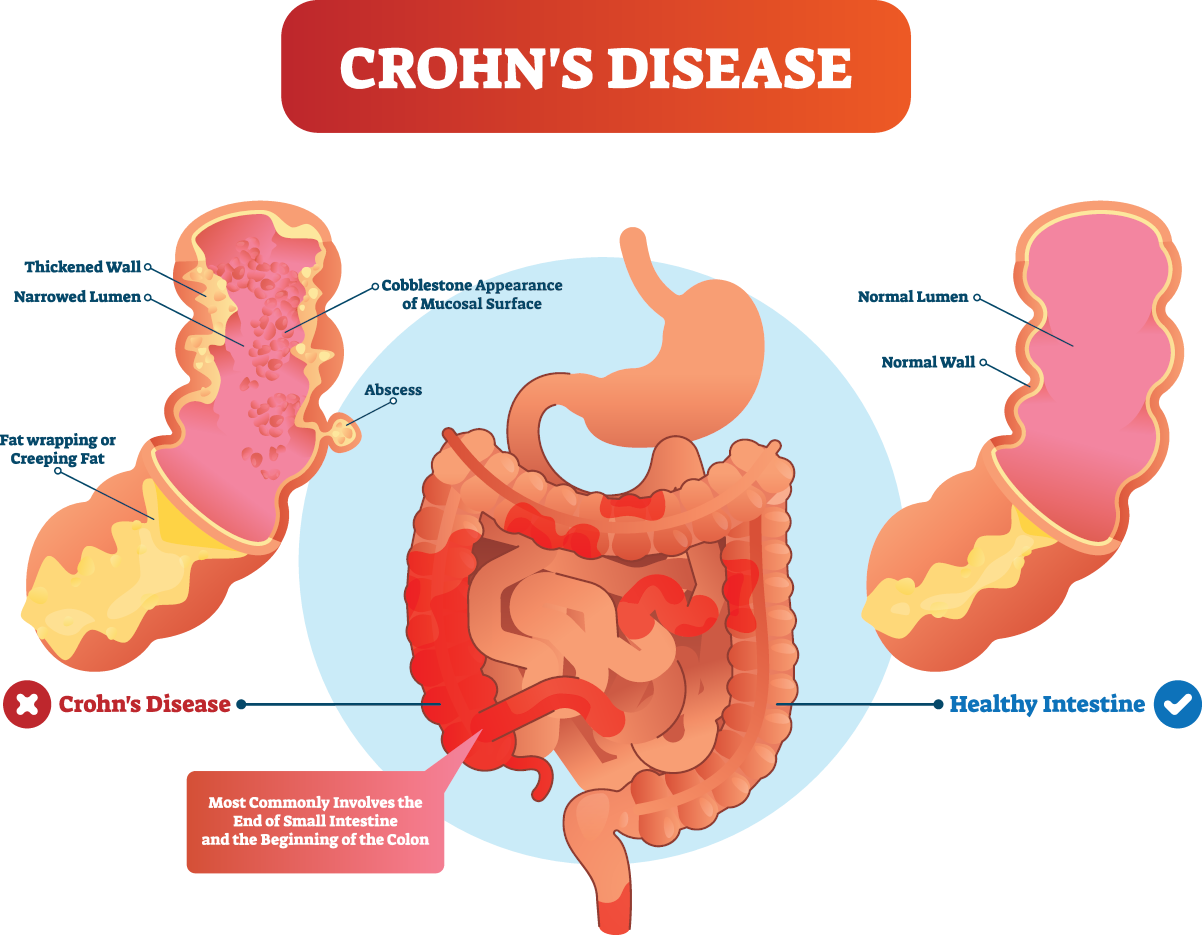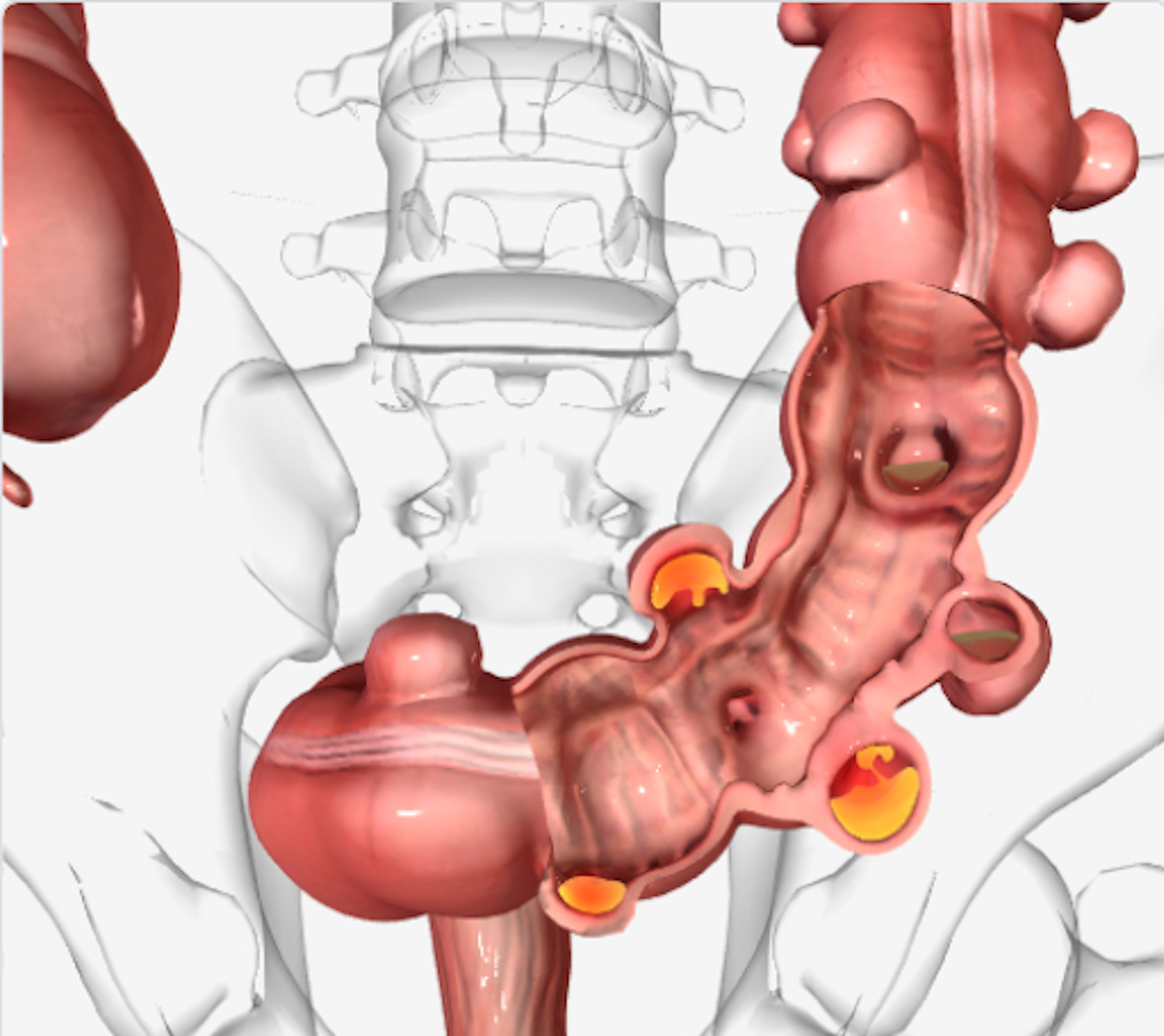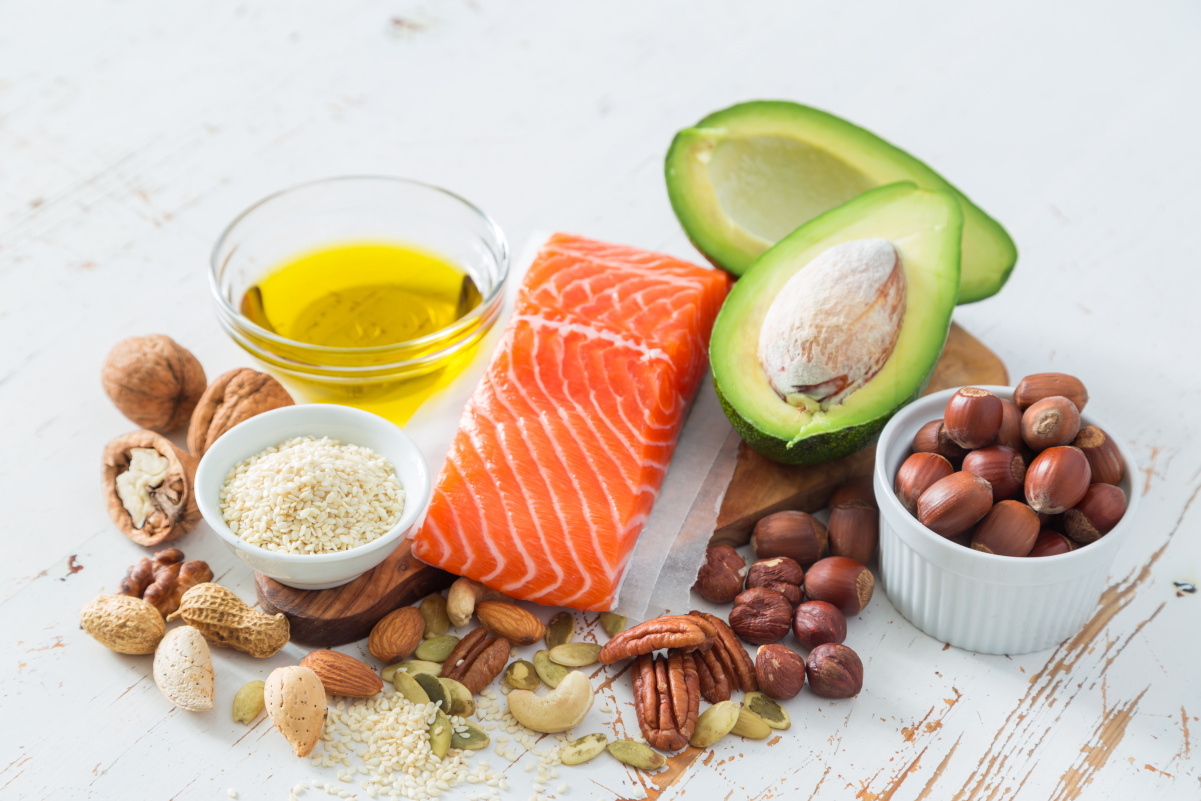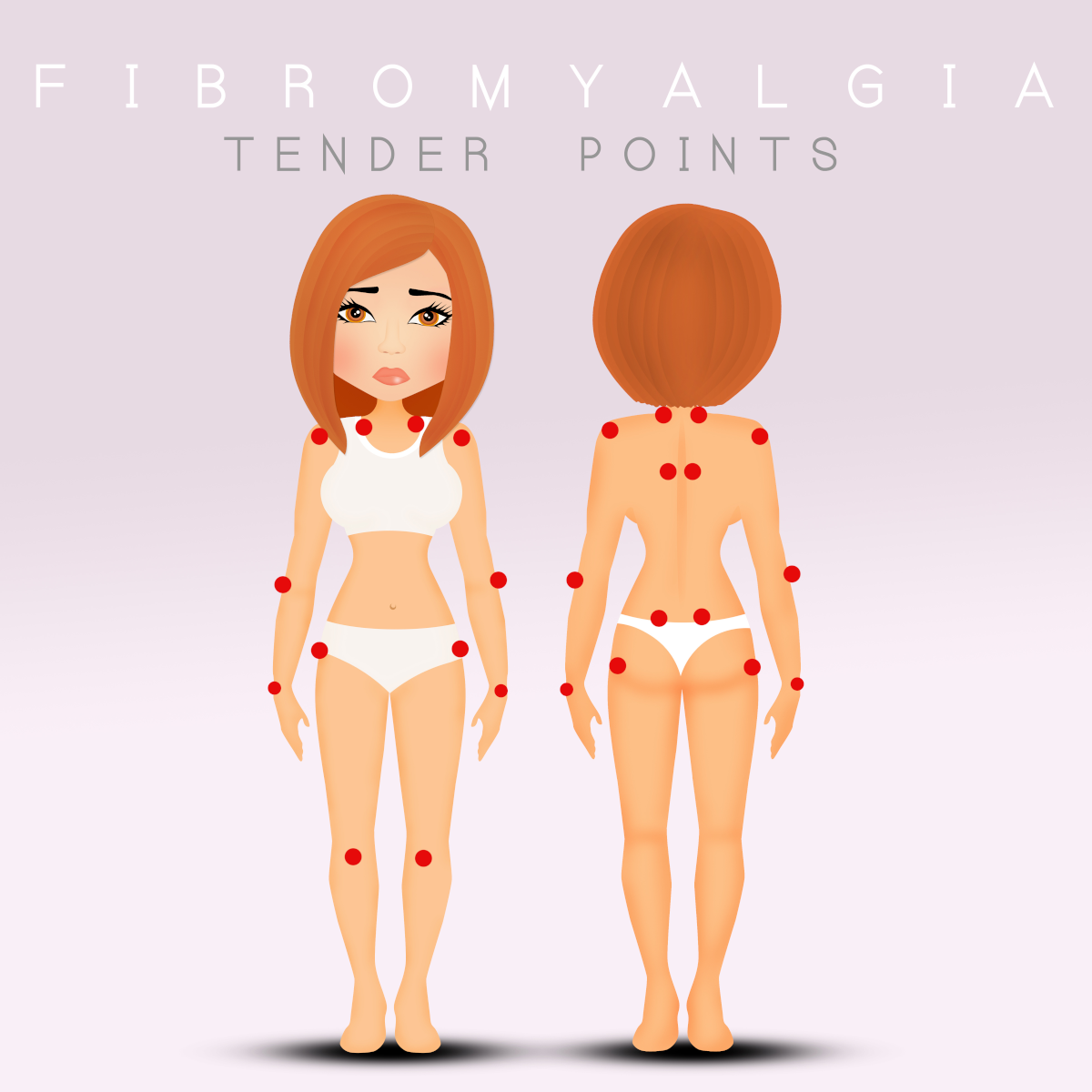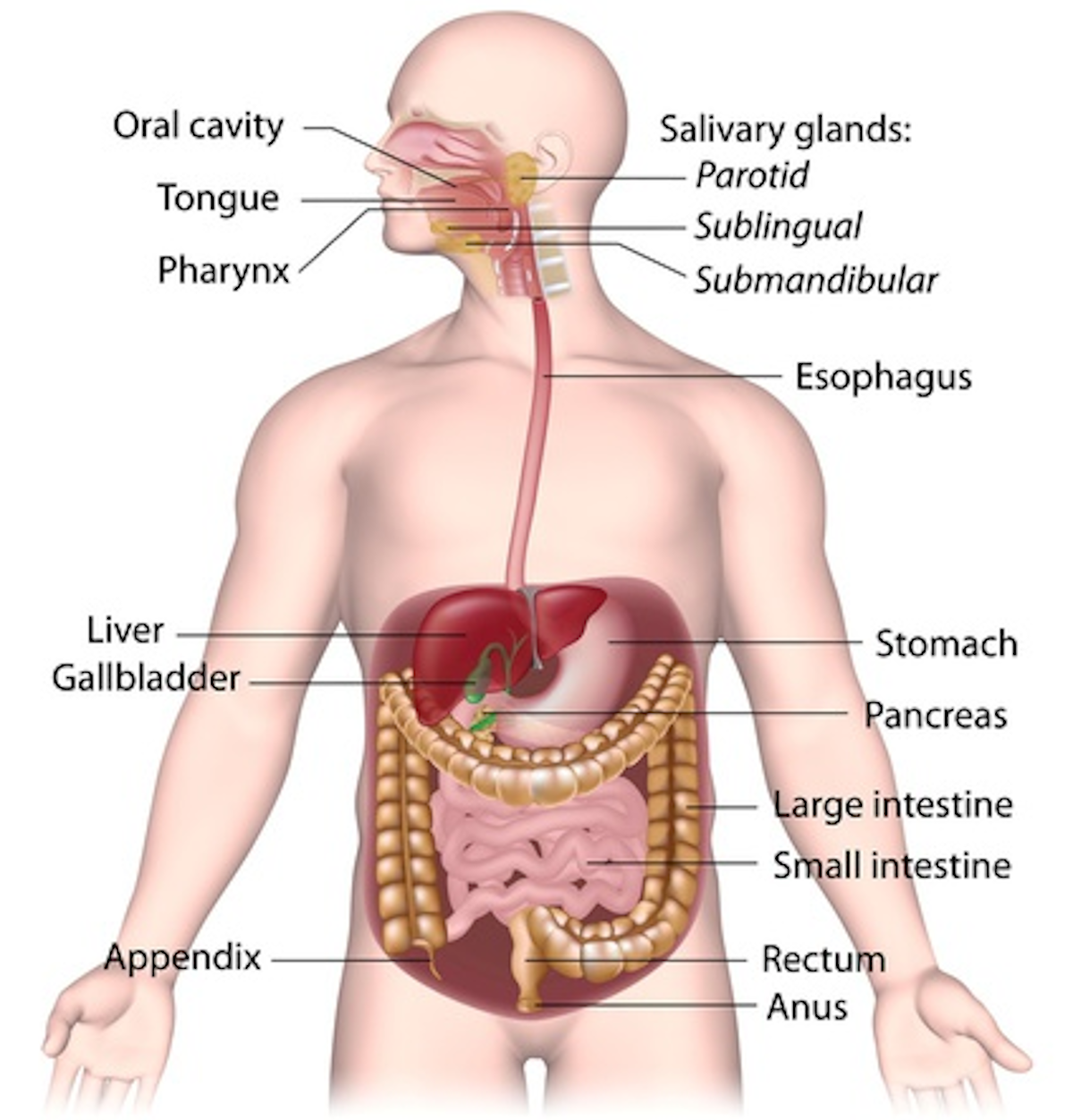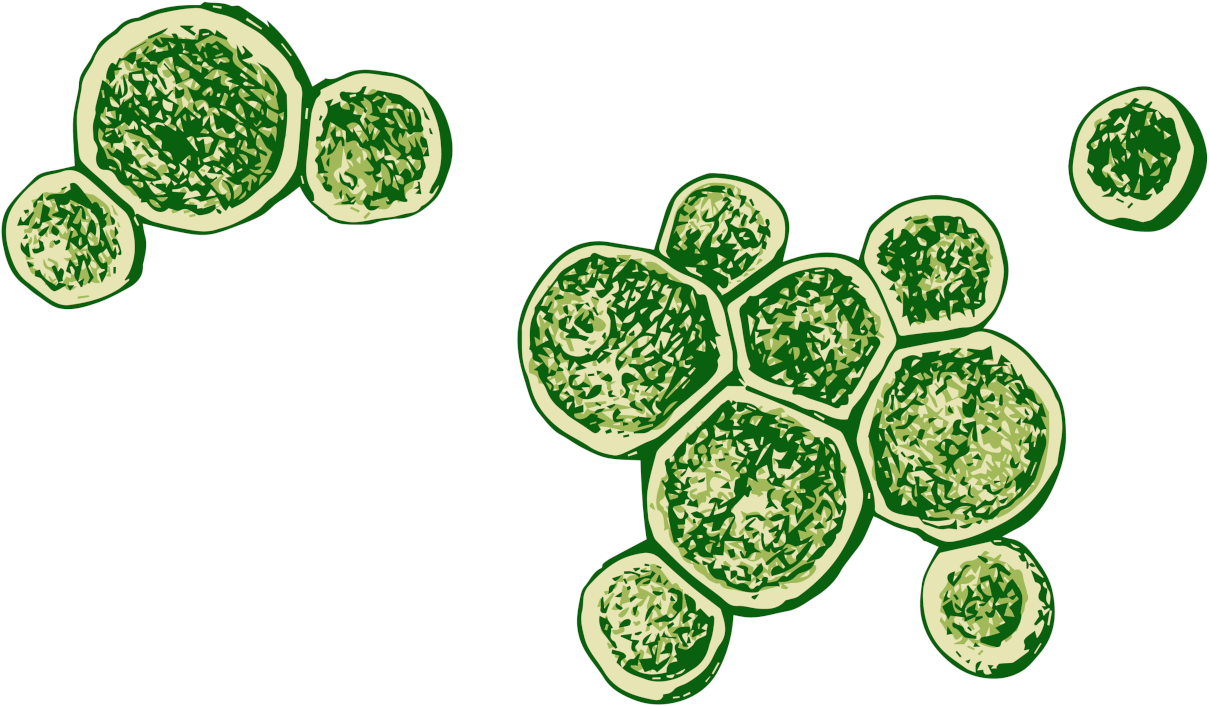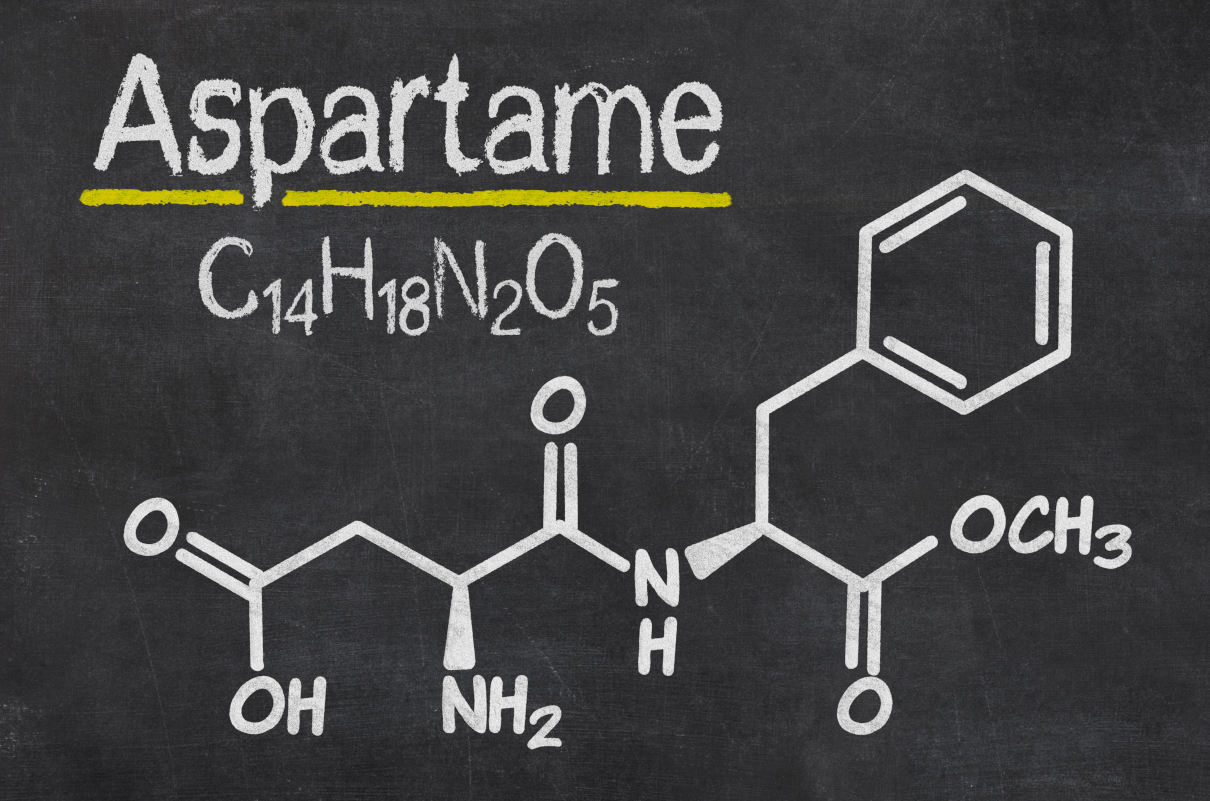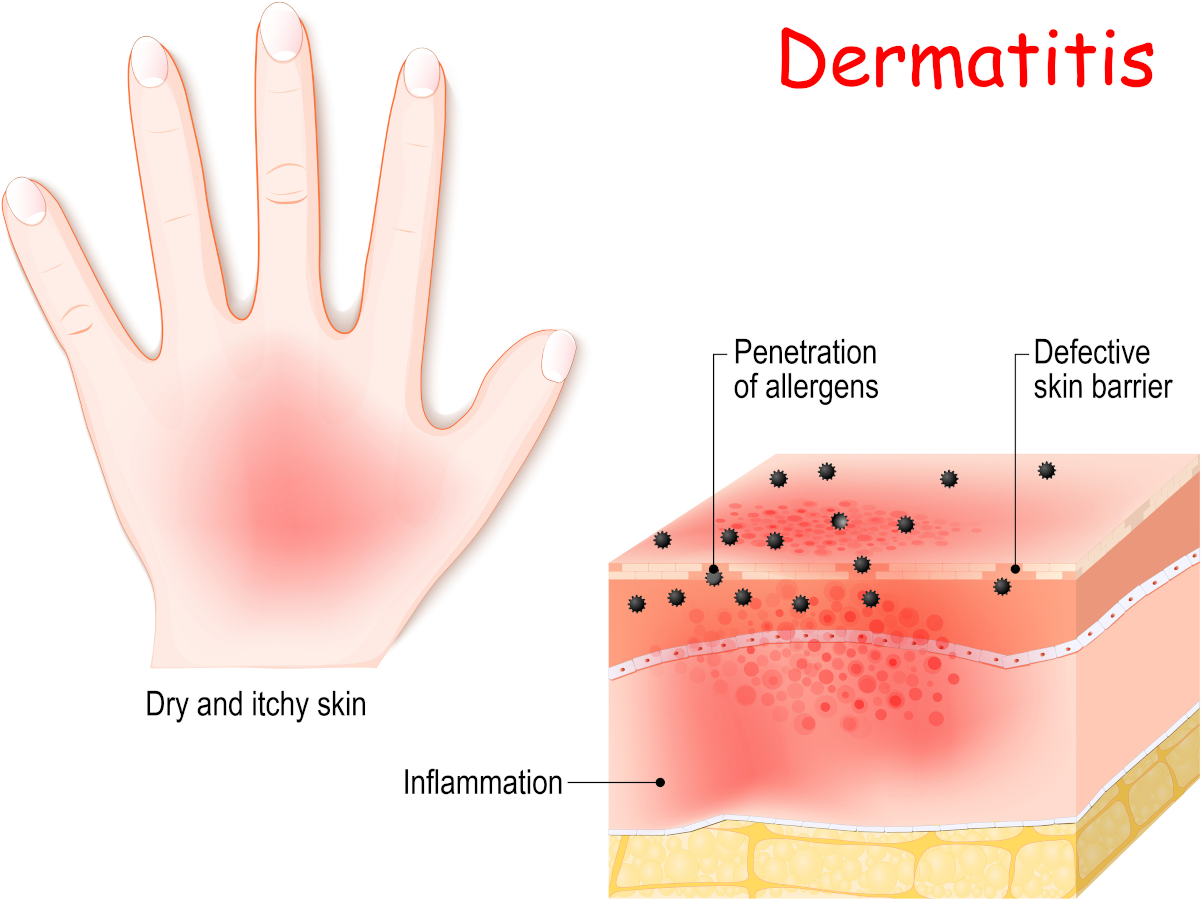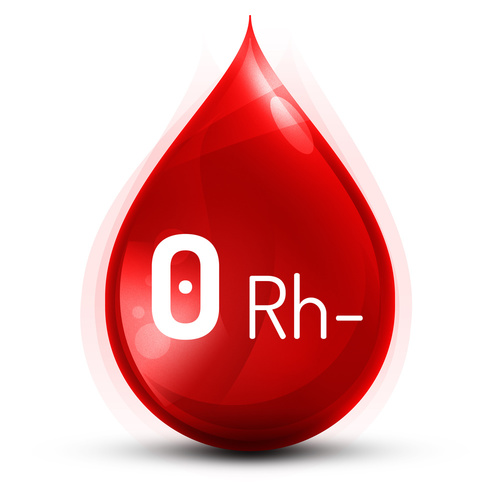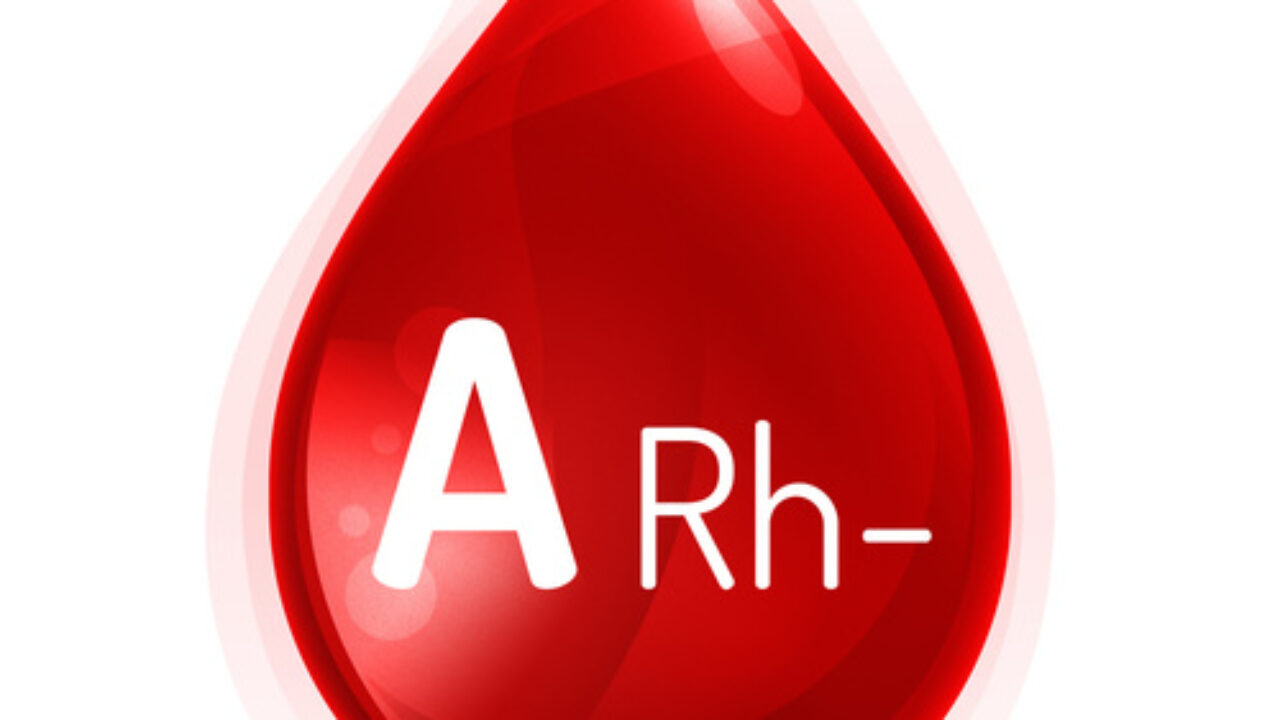Stress and adrenal fatigue
What is adrenal fatigue? Balanced nutrition is essential to maintaining overall good health, but it can also affect your capacity to cope with stress and adrenal fatigue. You may be…
Liver and gall bladder flush
Most people believe that gallstones can be found only in the gallbladder, but this is untrue. Besides, most gallstones form in the liver and gall bladder. It can be verified…
How does coronavirus suppress immunity in the human body?
Scientists have found the mechanism of immunity suppression by a coronavirus in the human body. An article in the bioRxiv e-library describes that molecular biologists in Germany have discovered something important.…
Nutrition of a COVID-19 patient
We want to report on the nutrition of COVID-19 patients and advise them to avoid some foods. A person who has had a viral infection may complain of weakness, malaise, and…
Endometriosis and what causes it
Some symptoms experienced are painful periods, intercourse, urination and defecation, PMS, infertility, and alteration to cycles. However, endometriosis is a condition that affects each sufferer differently. While one has pain…
Polycystic ovary syndrome
Polycystic ovary syndrome, or PCOS, is an endocrine disorder. A network of glands throughout the body produces potent chemical messengers called hormones. These hormones control many aspects of normal body…
Toxic Metals
Toxic metals affect us regularly. Besides, the symptoms of those substances’ long-term, slow accumulation vary. Also, symptoms may not appear until later in life. Moreover, they affect many biochemical processes and…
The liver and the lymphatic system
In previous articles, we discussed the liver and its various functions. Here, we will focus on the liver’s defensive role and hepatic malfunctions attributed to intestinal toxaemia. We’ll also look…
Serum calcium and medicinal hypocalcemia
Serum calcium allows for the evaluation of the disorder of calcium metabolism. Besides, an increase in concentration can establish malignant tumours—osteolysis results from the release of peptides with actions similar…
Small intestine and secretion
The small intestine is approximately twenty-three feet or seven meters in length. It begins at the pyloric valve of the stomach and ends at the ileocecal valve between the ileum and cecum.…
What is osteopathy?
Osteopathy is a holistic approach to treating a wide range of aches, pains and stiffness anywhere in the body. Osteopathy assesses the patient from a mechanical, functional, and postural standpoint. The…
Irritable bowel syndrome
This chronic condition is a combination of diarrhoea attacks and intermittent constipation. It can involve a disturbance of muscular movement in the large intestine. Medics consider the cause of irritable…
Kidney stone
A kidney stone is a hard mass formed from crystals that separate from the urine and build upon the kidney’s inner surfaces. Naturally, urine contains chemicals that prevent crystals from…
Large intestine
The large intestine is part of the alimentary tract extending from the ileocecal valve to the anus. It is approximately five feet long and has an average diameter of 2…
Leaky Gut Syndrome
‘Leaky gut’ describes an inflamed and porous gut (much more absorbent than it should be). It is letting abundant food proteins, bacteria, fungi, metals and toxic substances straight into our…
Meal suggestions
Firstly, healthy meal suggestions for breakfast: wholemeal or rye toast, butter, fruit spread, natural yoghurt homemade muesli with oats, nuts, and seeds soaked overnight in water + yoghurt plain yoghurt with nuts as…
Meal suggestions – wheat-free
Firstly, breakfast meal suggestions: non-wheat/rye toast, non-dairy spread, fruit spread, soya yoghurt; homemade muesli with oats, nuts and seeds soaked overnight in water with non-citrus fruit juice; fresh fruit, soya-yoghurt with nuts as well…
Osteoporosis
Osteoporosis, which means “porous bone,” is a progressive reduction in average bone mineral density, calcium mass, and strength, resulting in marked bone thinning and vulnerability to fracture. Although bone mass…
Pharynx, oesophagus and swallowing
Pharynx and oesophagus – There are three stages to swallowing: The voluntary forcing of food from the oral cavity into the pharynx; at this point, swallowing becomes a reflex action; The passing of…
Hypertension
Hypertension, or high blood pressure, makes us more susceptible to coronary heart disease, strokes and kidney disease. People who are overweight and do not get much exercise are at a…
Hypoglycaemia
Hypoglycaemia is low blood sugar. Typically, the body maintains blood sugar levels within a narrow range through several glands and hormones. When something disrupts these finely balanced control mechanisms, hypoglycaemia…
Serum albumin
Serum albumin allows us to establish a misbalance of albumin content (hypo- and hyperalbuminemia) under various pathologic conditions. Besides, this protein concentration can increase in the case of dehydration. Serum albumin…
Inflammatory bowel disease
Inflammatory bowel disease (IBD) is a general term for a group of chronic inflammatory disorders of the intestines characterised by recurrent inflammation in specific parts of the intestines. The primary…
Serum asparagine aminotransferase
Serum asparagine aminotransferase enzyme is suitable for determining the extent of damage caused by liver, heart, and skeletal muscle tissues. There is an increase in activity in myocardial infarction. Besides,…
Blood sugar balance
Glucose is an important energy source for the body and is essential for the adequate functioning of the brain. For this reason, it is always well detectable in the blood.…
Candida Albicans yeast infection
Yeast is a fungus scientifically known as Candida albicans. It grows in moist areas of the human body, such as the digestive system, and causes infections. Candida infections can be…
What causes constipation?
Understanding the common causes of constipation helps us know how the colon (large intestine) works. The colon absorbs water as food moves through it, forming waste products or faeces. Muscle…
Crohn’s disease
Crohn’s disease is an ongoing disorder that causes inflammation of the gastrointestinal (GI) tract. Crohn’s disease can affect any area of the GI tract, from the mouth to the anus,…
Diverticulitis
Diverticulitis is inflammation or infection of small pouches, called diverticula, which develop along the walls of your intestines. The pouches’ formation is a relatively benign condition known as diverticulitis. The…
Fats – essential to life
Worried about the amount of fat you eat? Many people have become obsessed with the fat content of food; they are eating almost completely fat-free diets. But for good health,…
Fibromyalgia syndrome
Fibromyalgia syndrome (FMS) is a rheumatic disorder characterised by chronic, achy muscles with no apparent physical cause. It most commonly affects the lower back, neck, shoulders, back of the head,…
Foods to ADD to your diet – organic if possible
WHOLEGRAINS: a good source of fibre, protein, chromium, and B vitamins. /Amaranth/ is a complete protein (it contains all essential amino acids) and is one of the highest vegetable sources of…
Foods to REDUCE or AVOID in Your Diet
RED MEAT: High intake of beef, pork, and lamb is strongly associated with cancer, heart disease, and obesity due to their high saturated fat (inflammatory) and cholesterol content. However, the above…
Anatomy and physiology of the digestive system
Anatomy and physiology. Firstly, every cell in the human body needs carbohydrates, fats, proteins, vitamins, water, and minerals. They must perform the daily metabolic processes involved in maintaining a living system.…
Health benefits of Chlorella
Heavy metal removal using chlorella. Chlorella is a powerful detoxification aid for heavy metals and other pesticides. Numerous research projects in the U.S. and Europe indicate that chlorella can help…
Healthy eating guidelines
Guidelines. The principle behind healthy eating stresses the importance of eating foods as close to a natural state as possible. Varying the diet is also essential – variety offers a broader…
Eczema – atopic dermatitis
Eczema is a chronic allergic skin disorder that may begin between one month and one year. It often subsides by age three but flares up again at any age. Eczema…
Blood group diet 0 type
TYPE 0 CHARACTERISTICS: Meat-eater Hardy digestive tract Over-active immune system Intolerant to dietary and environmental adaptations Responds best to stress with intense physical activity Requires an efficient metabolism to stay lean and energetic DIET OVERVIEW: Type 0s generally…
Blood group diet A-type
CHARACTERISTICS of Blood group diet A-type: The first vegetarian It reaps what it sows Sensitive digestive tract Tolerant immune system Adapts well to settled dietary and environmental conditions Responds best to stress with a calming action Requires…



